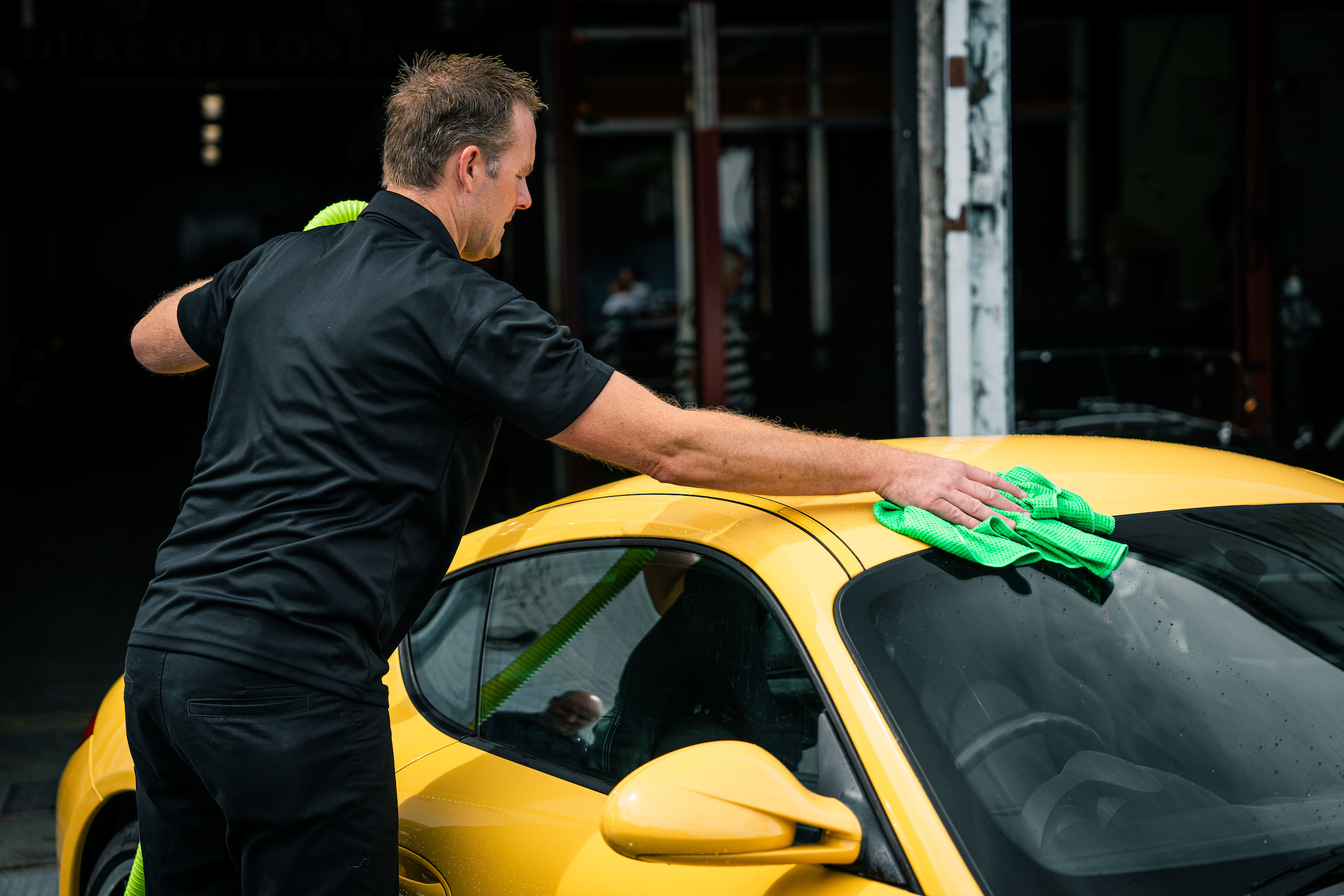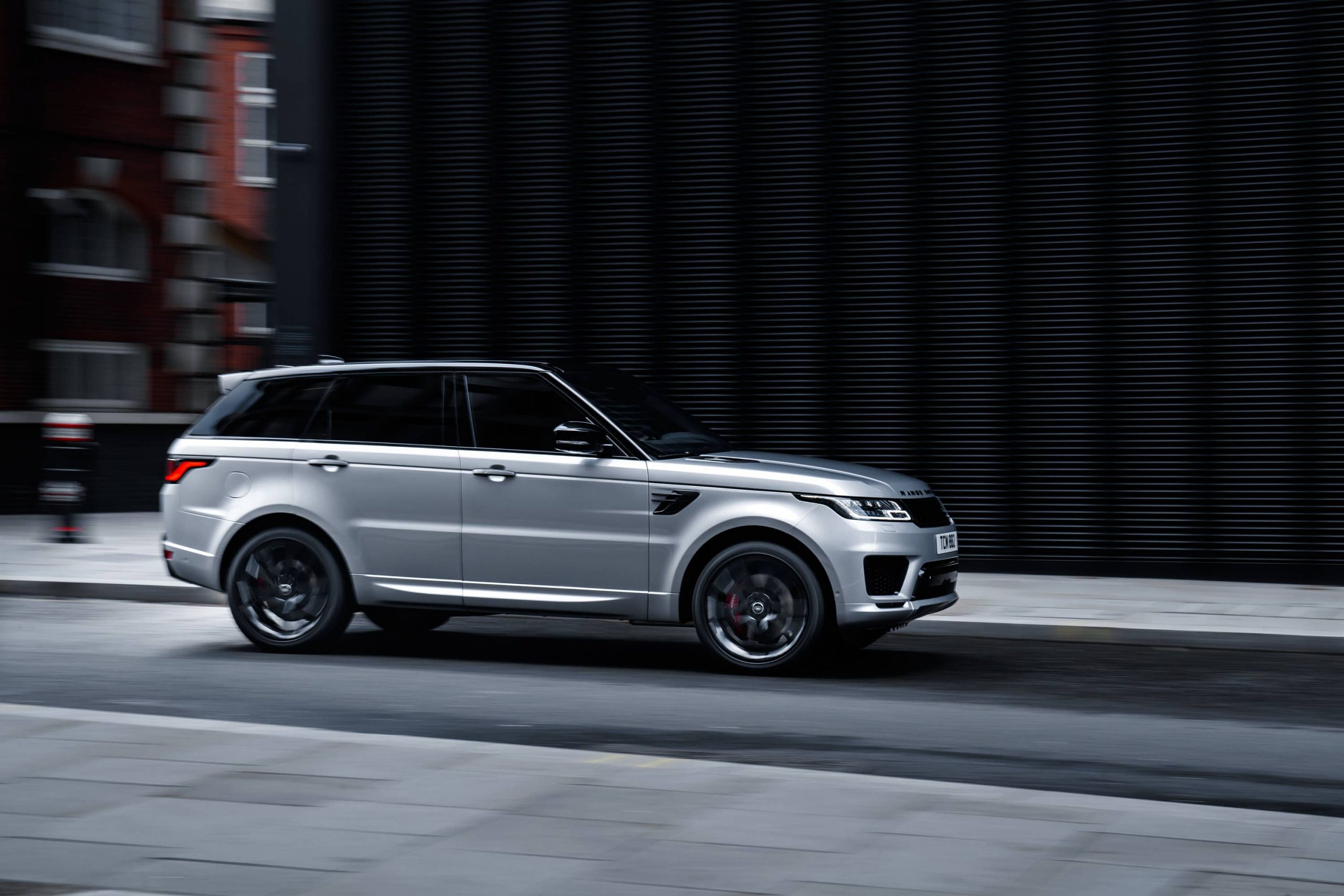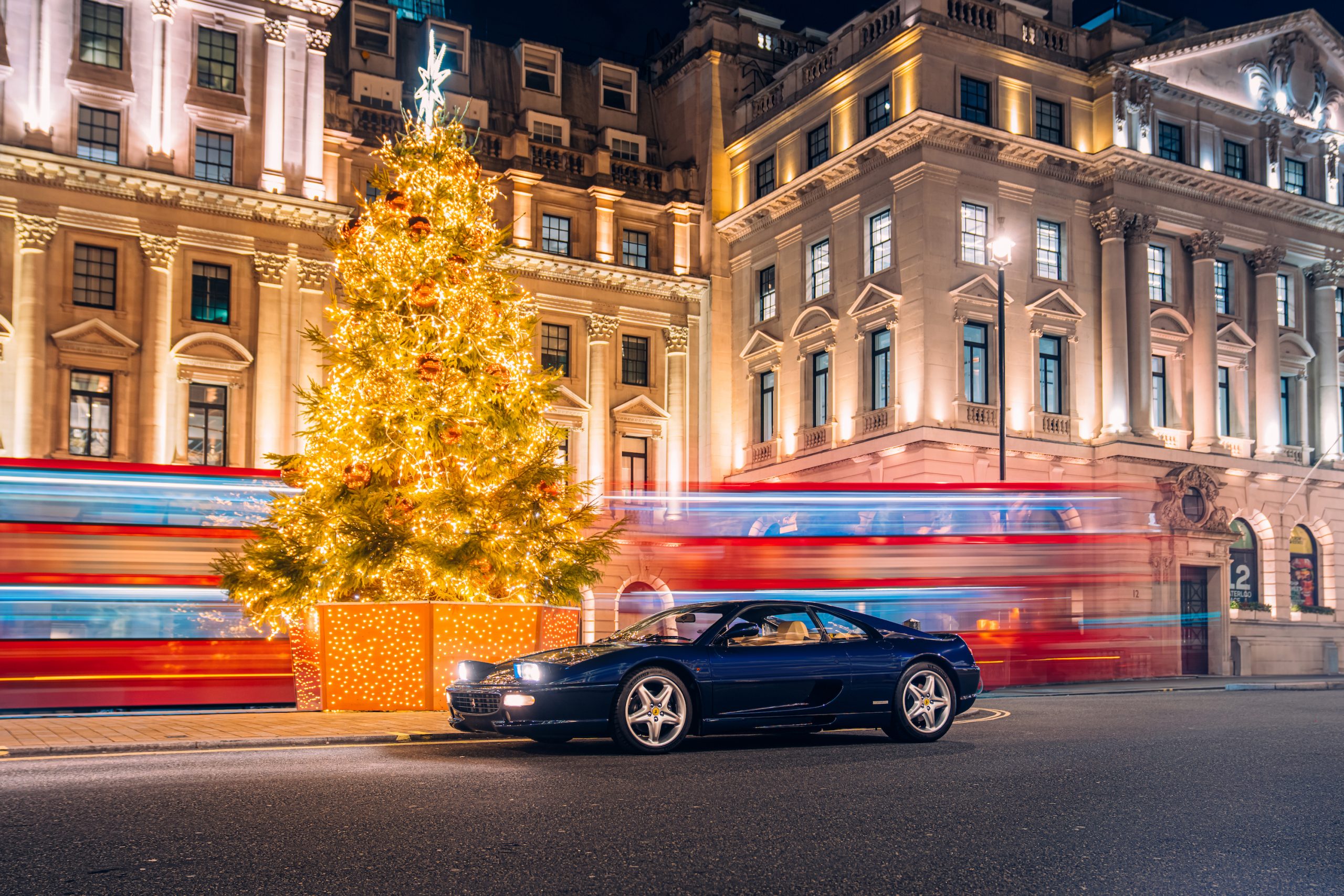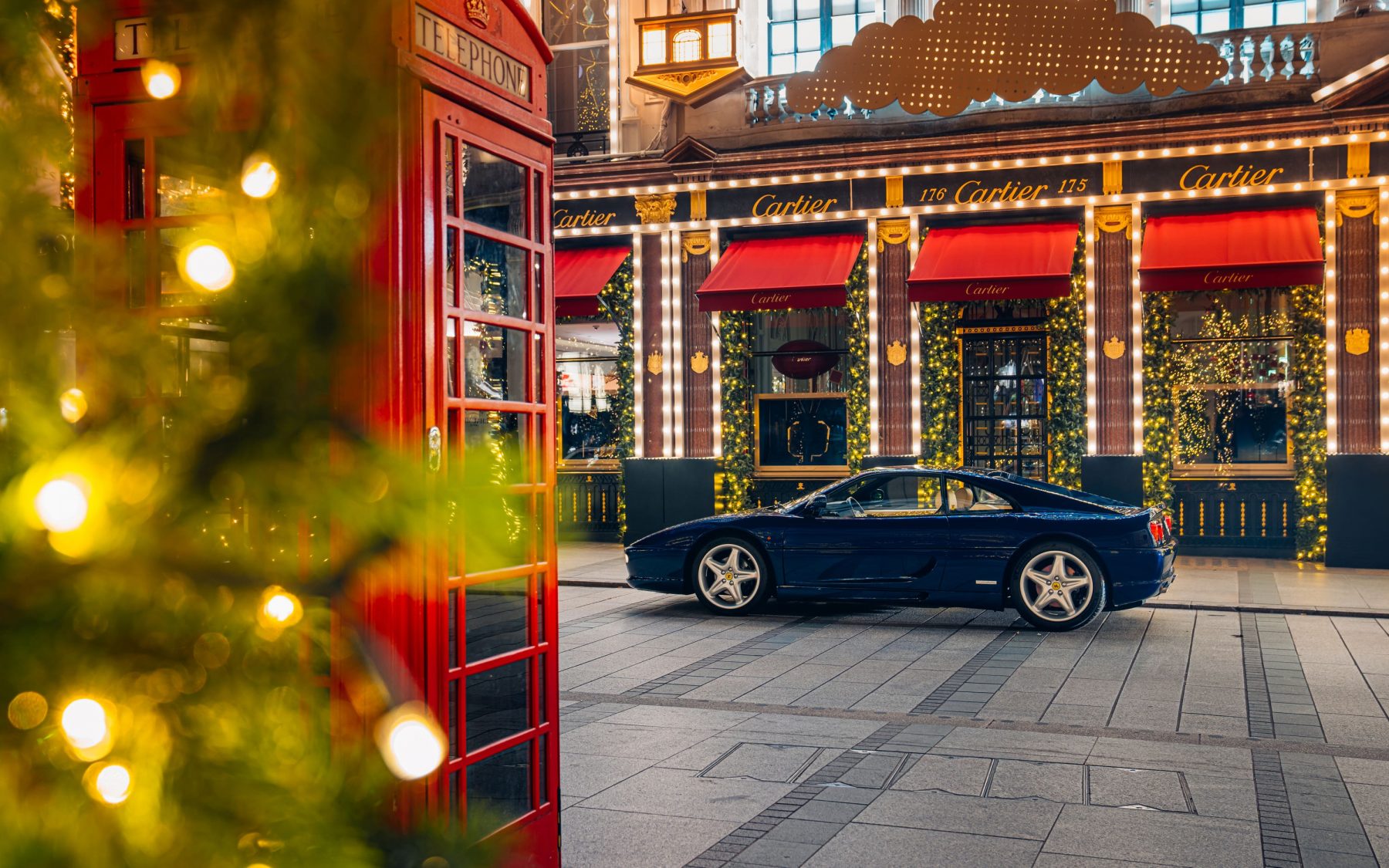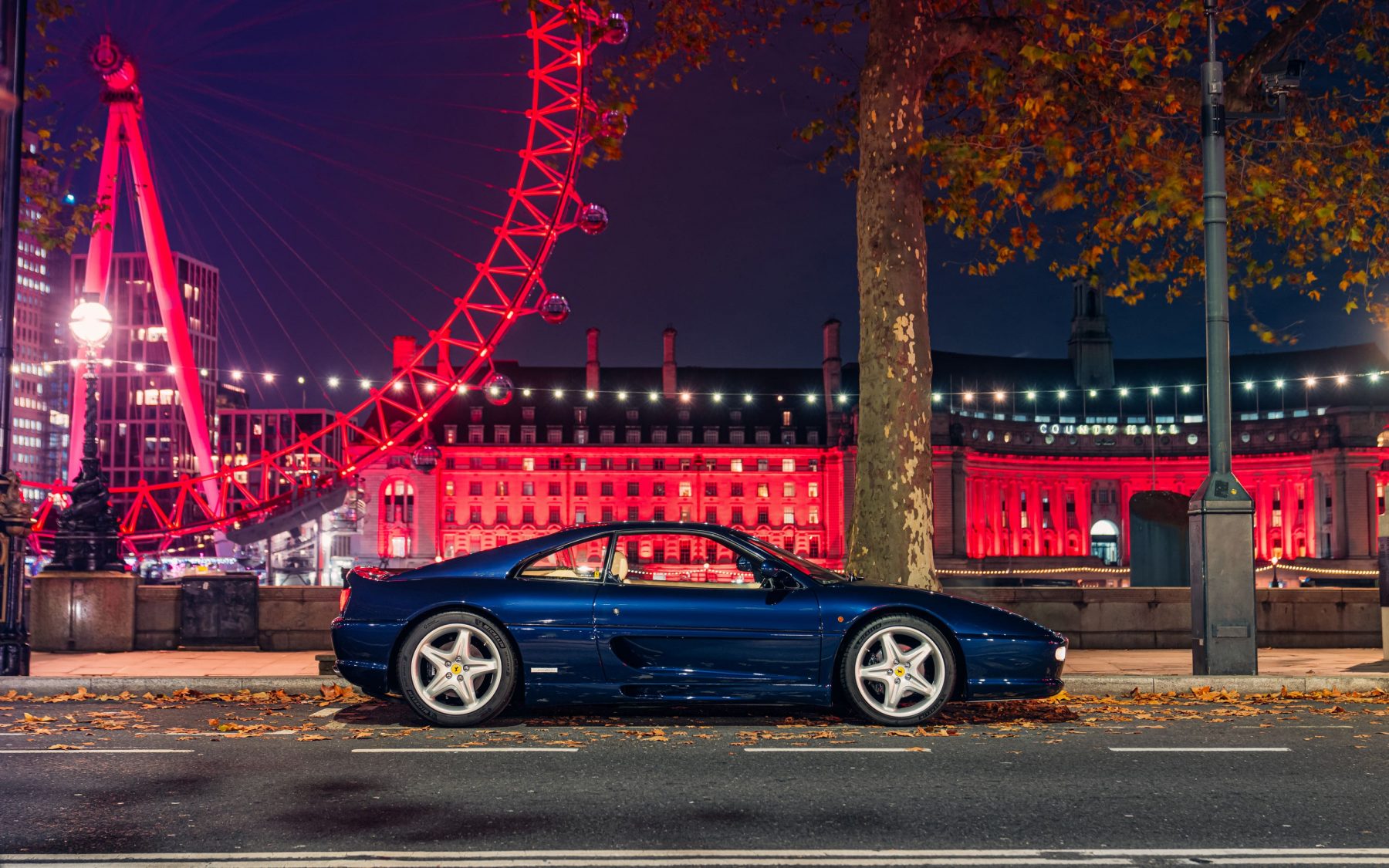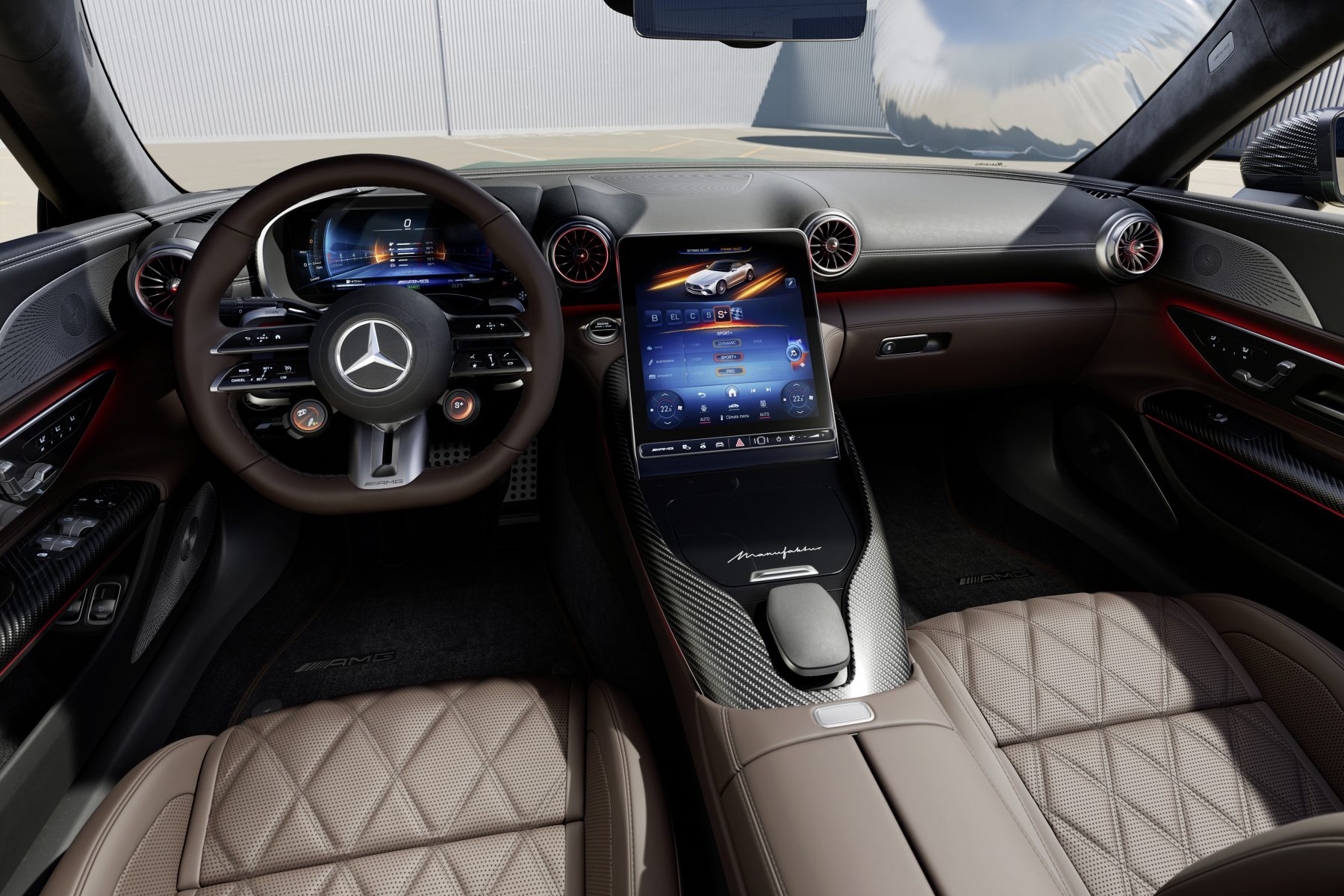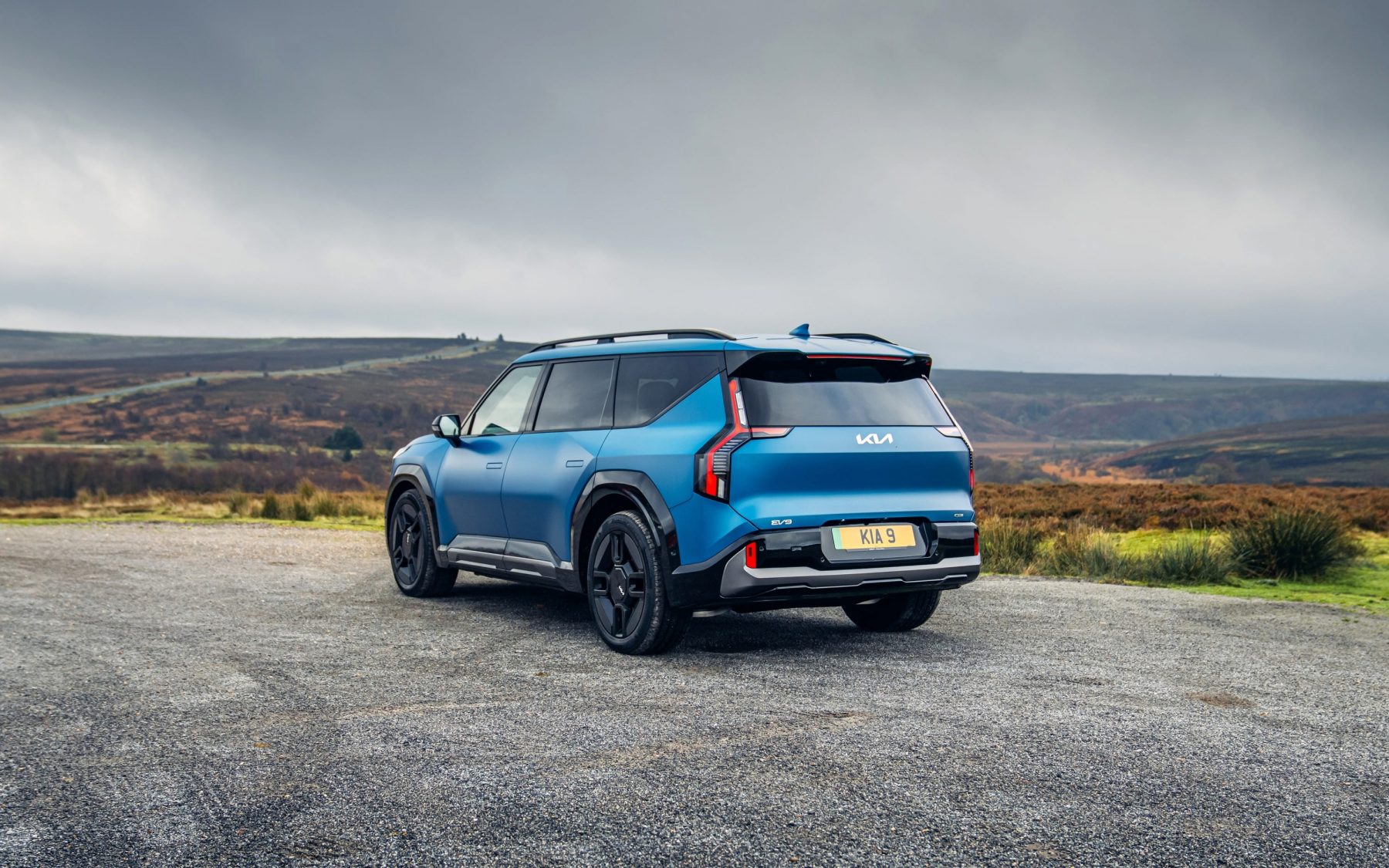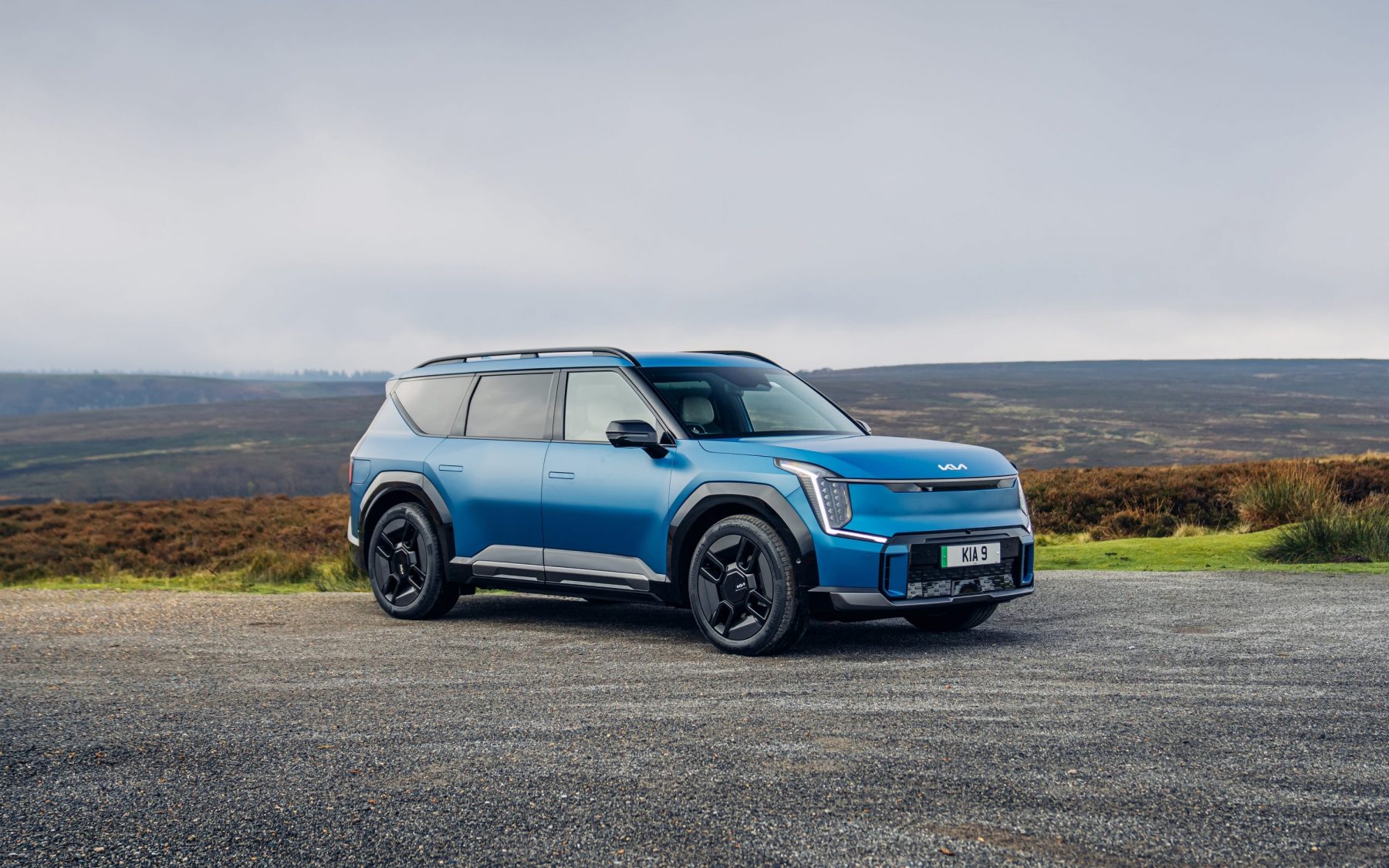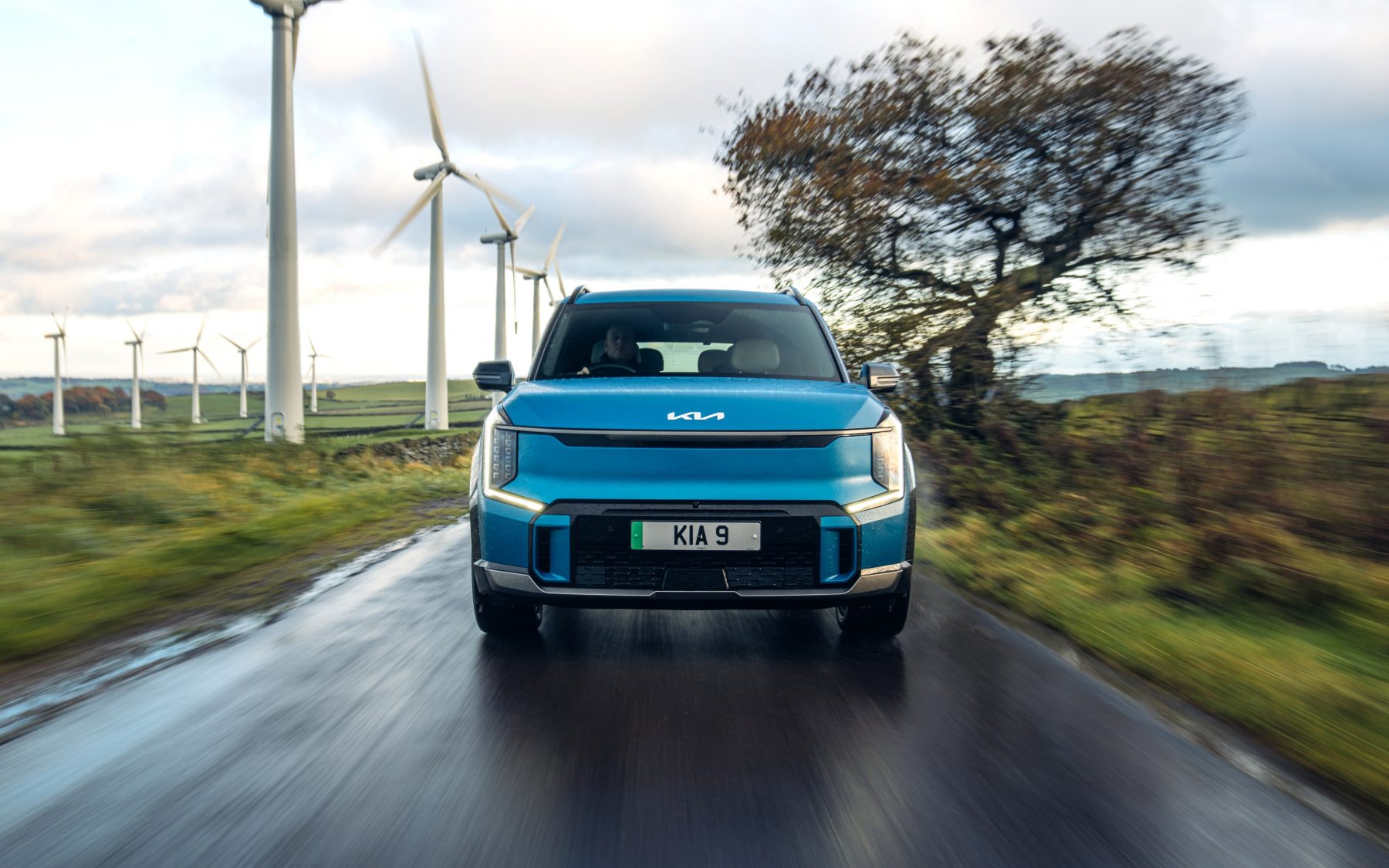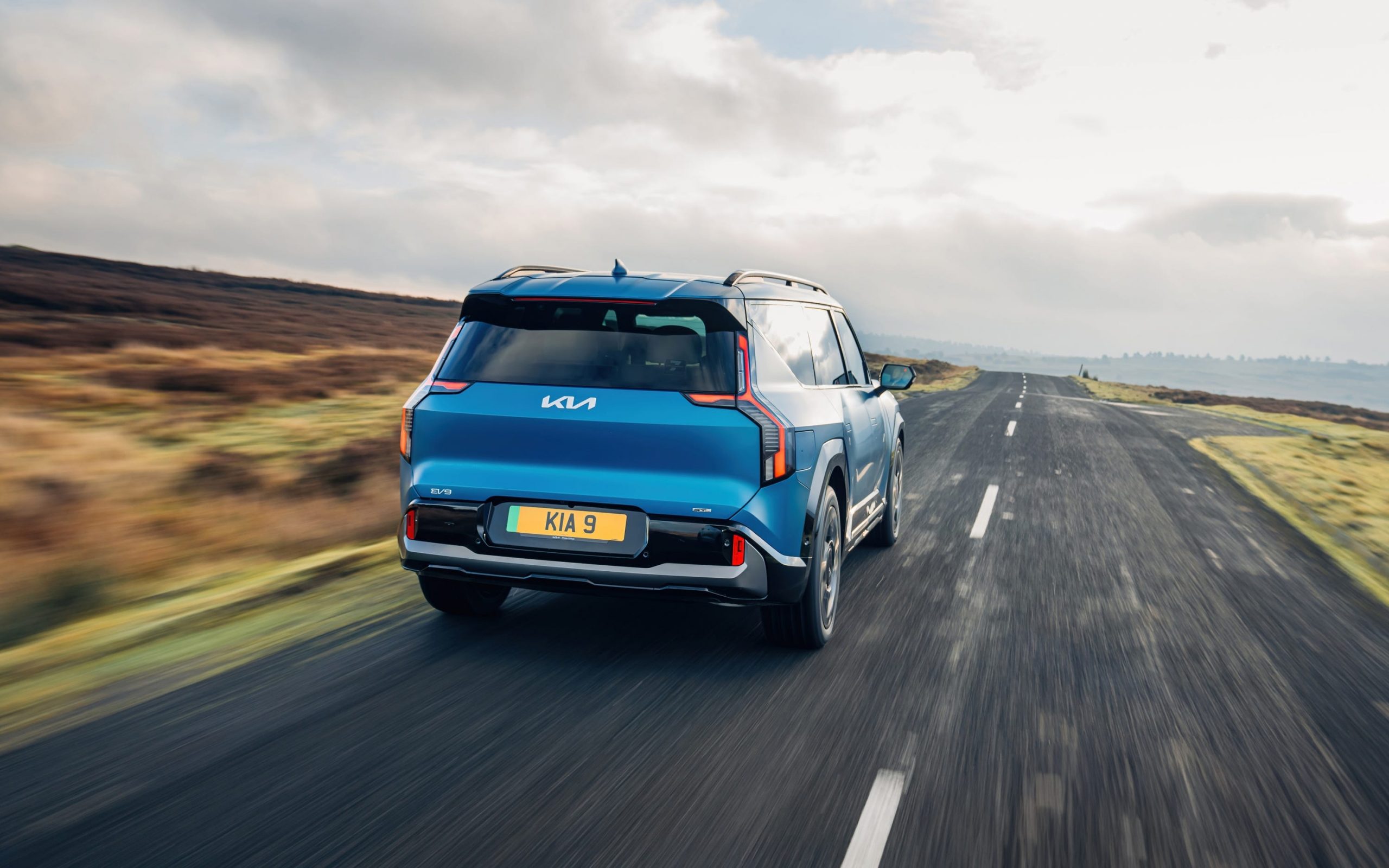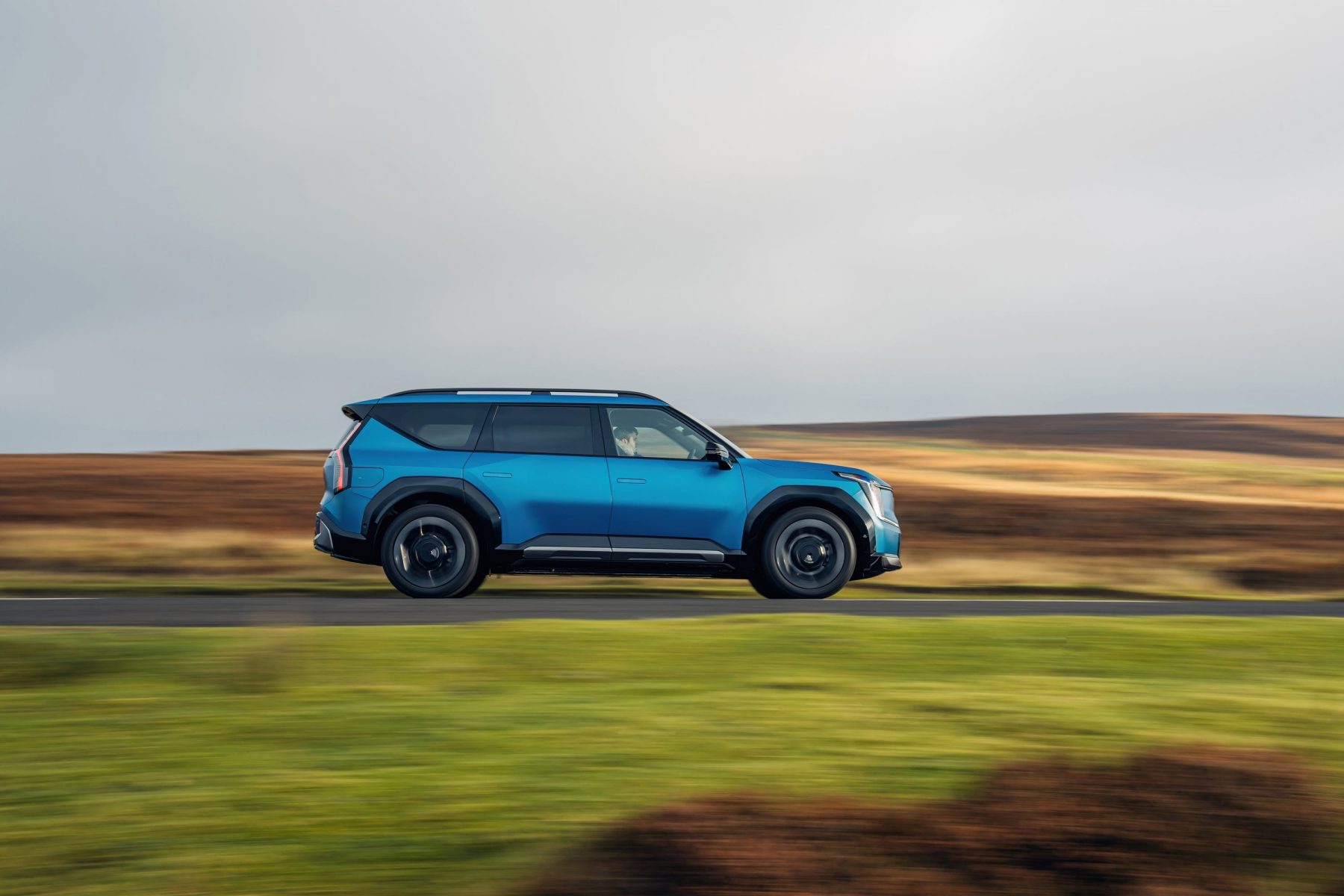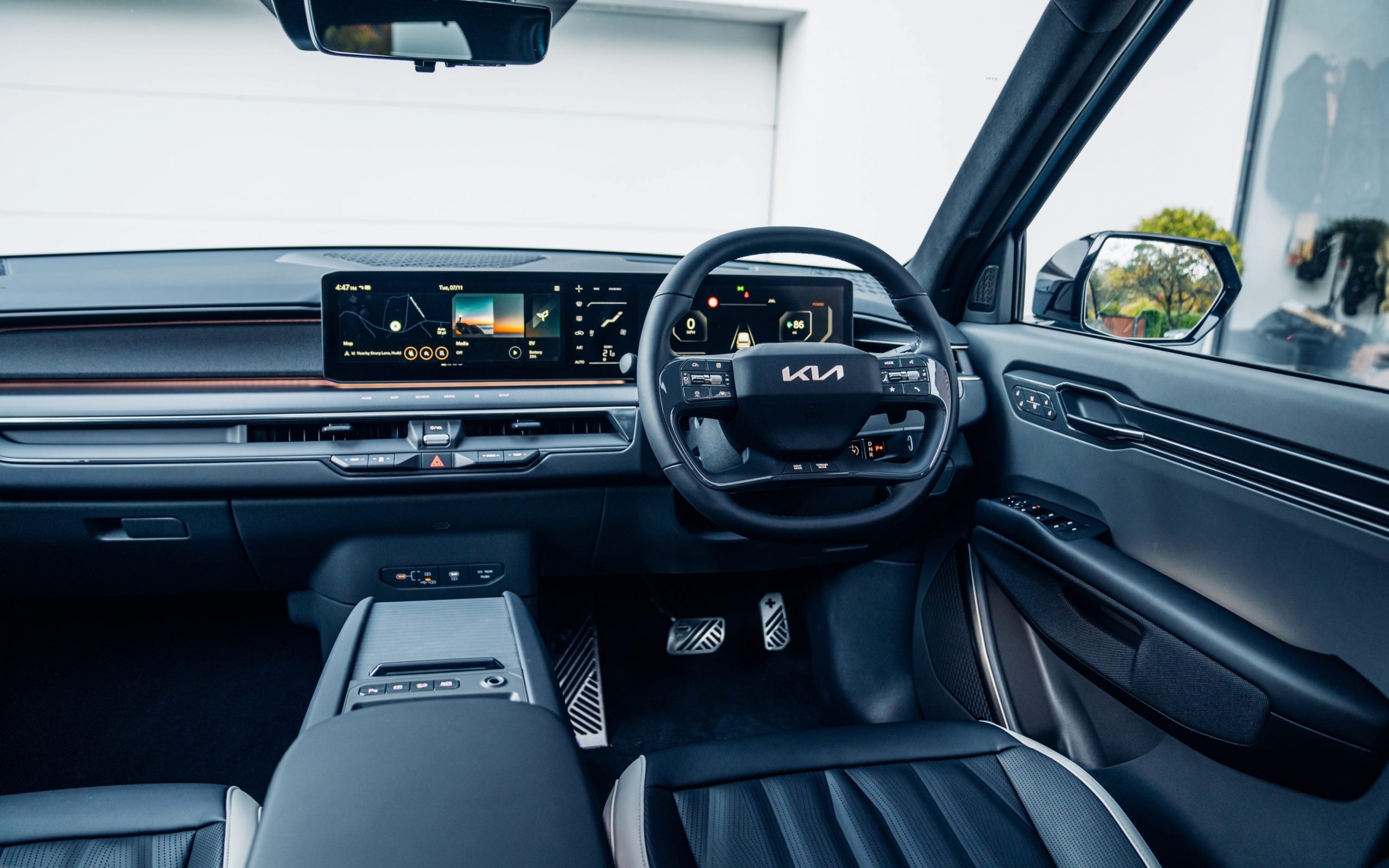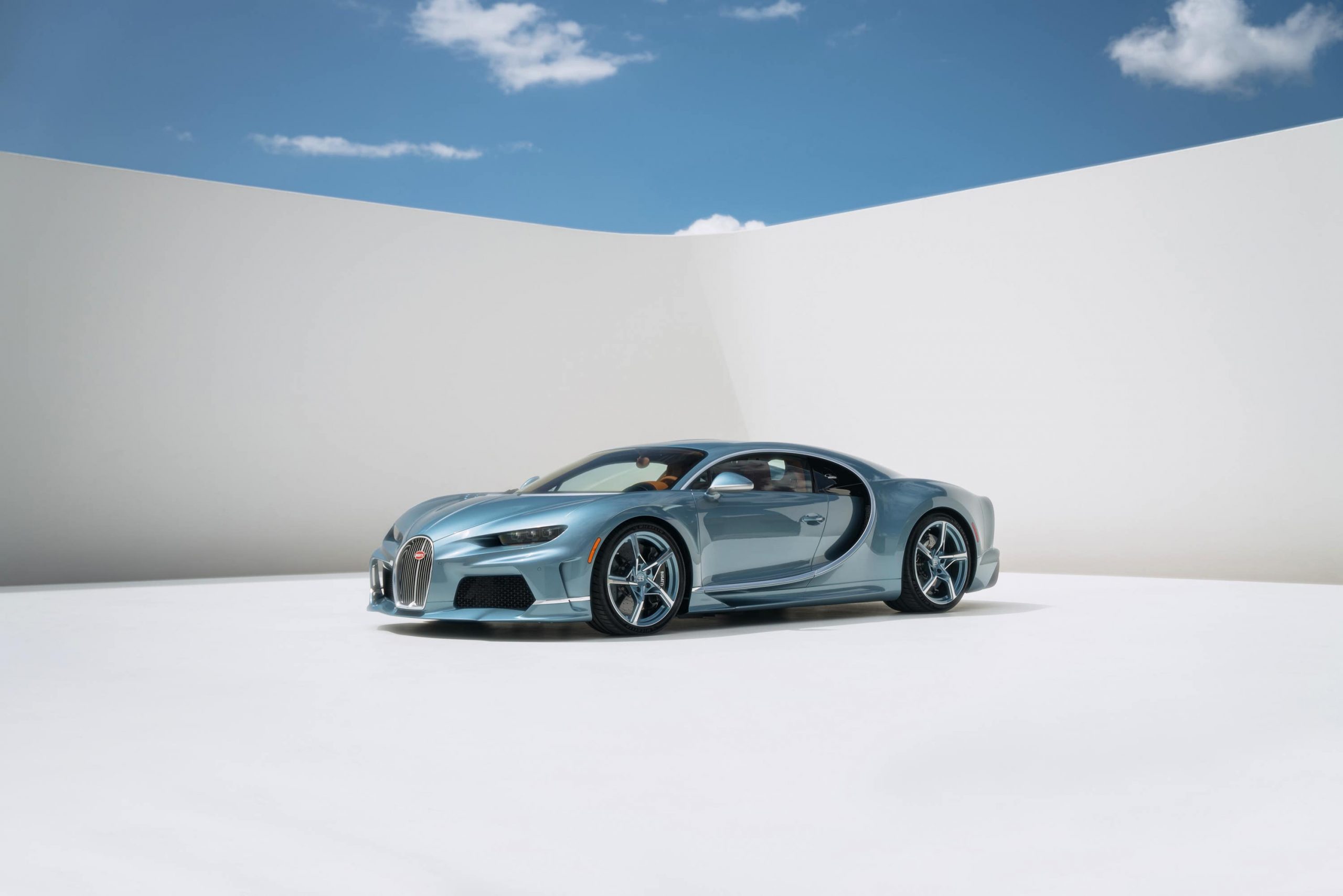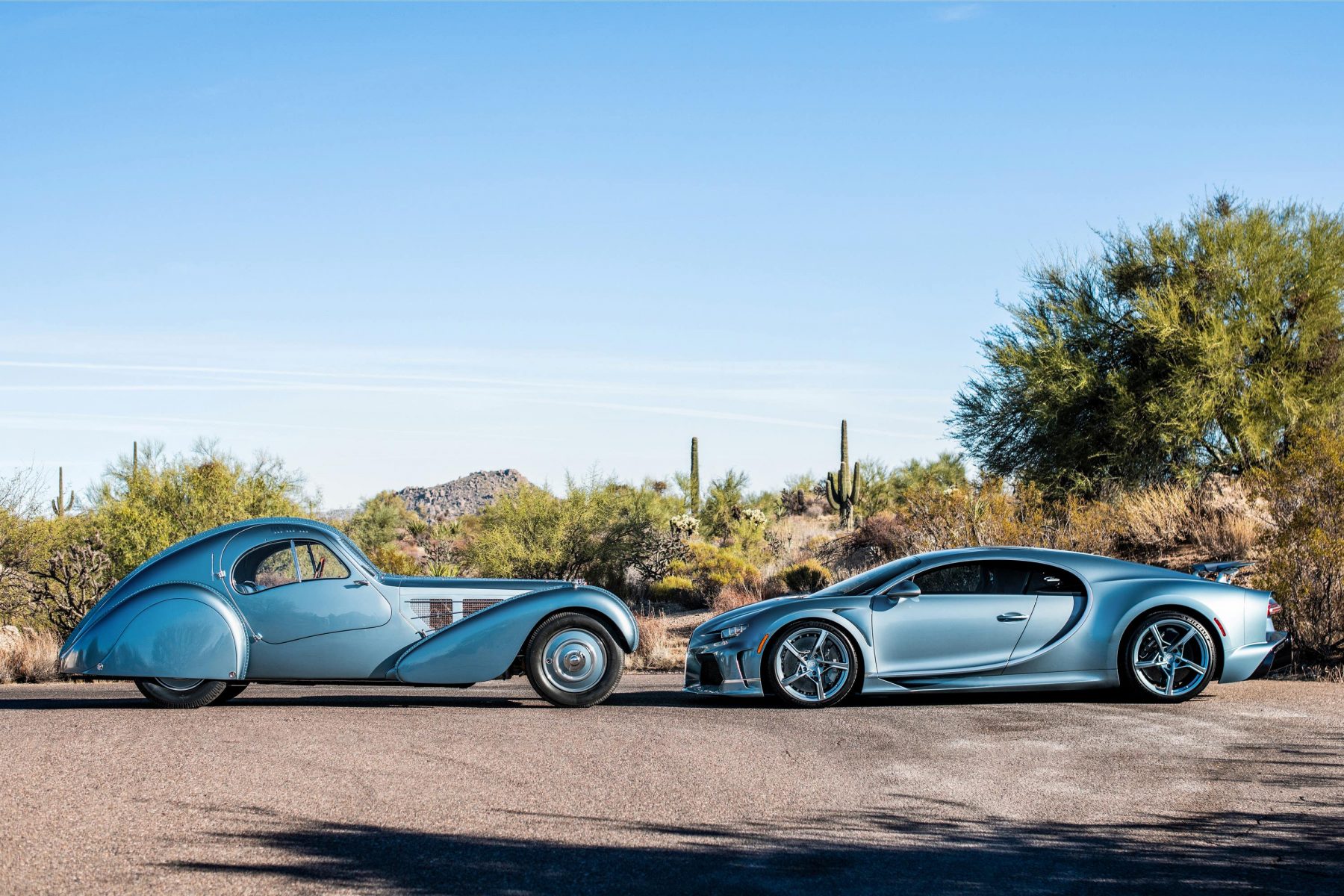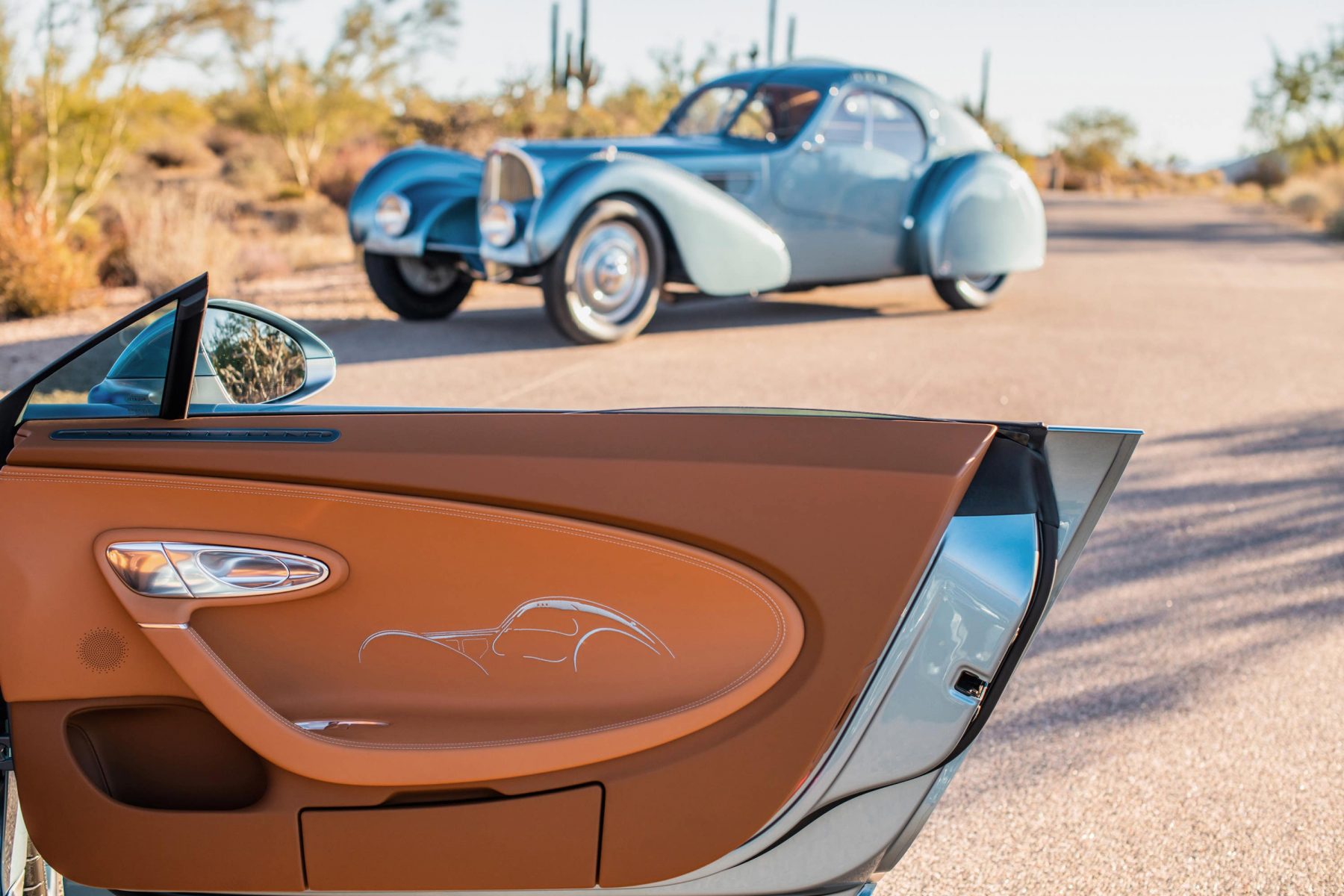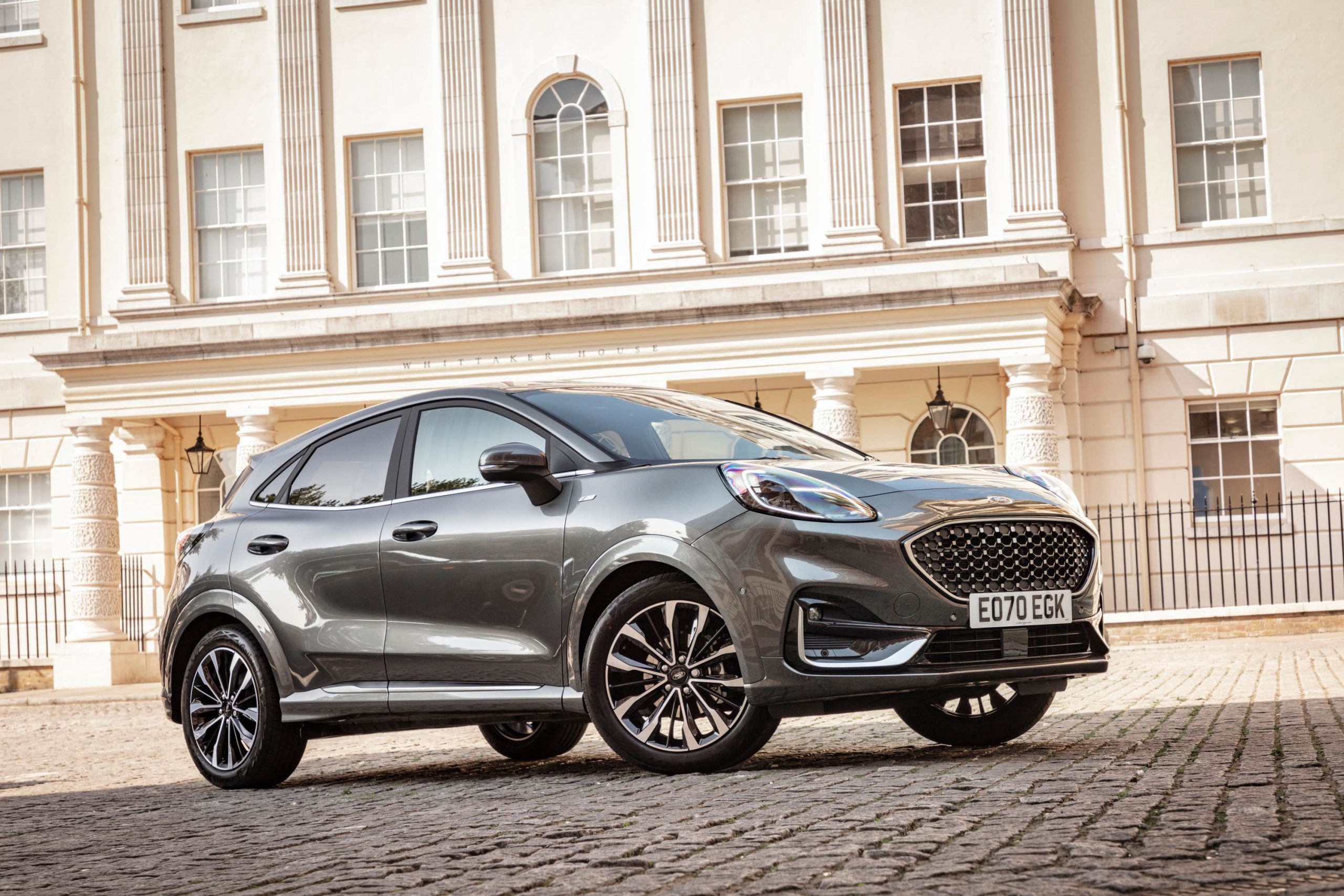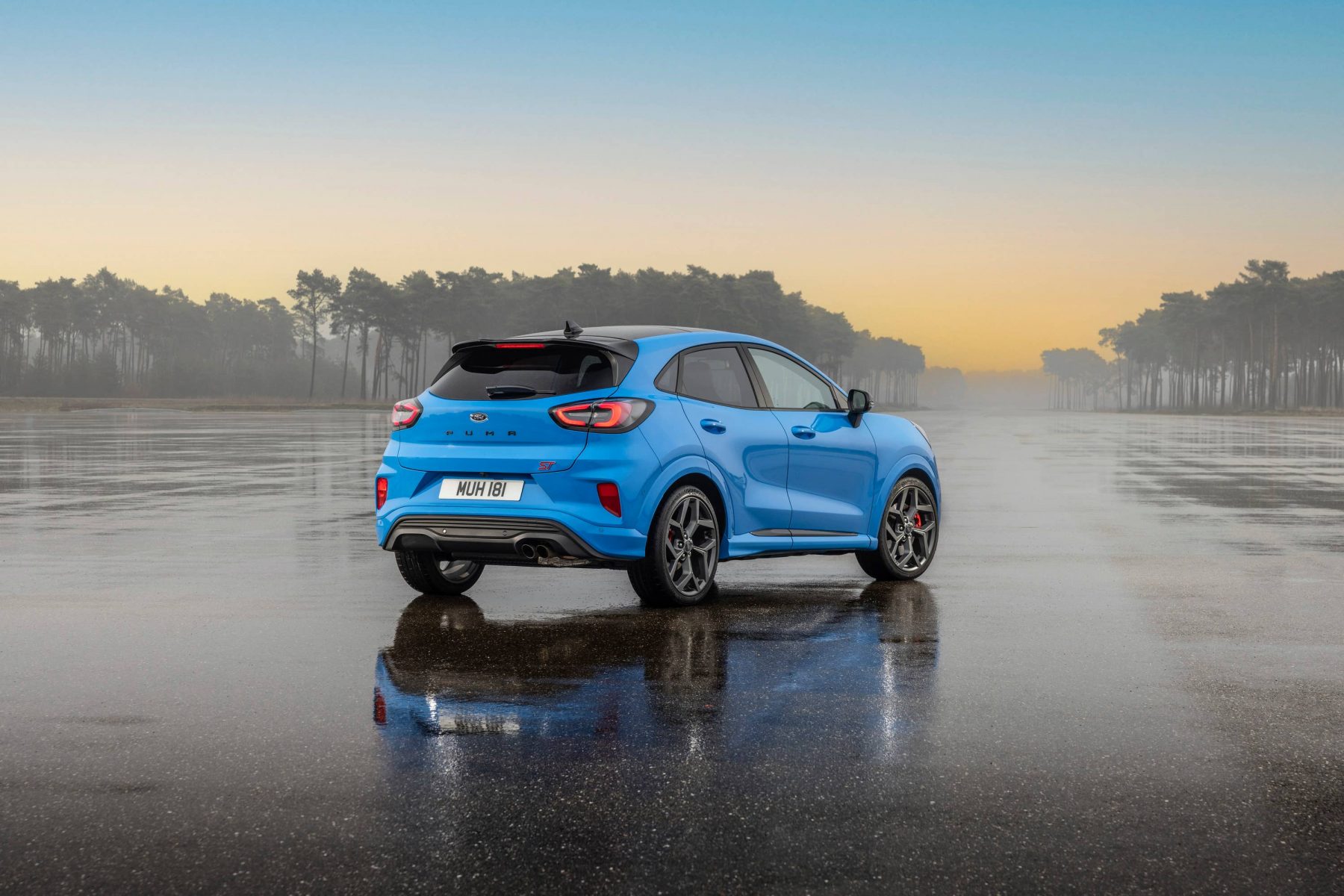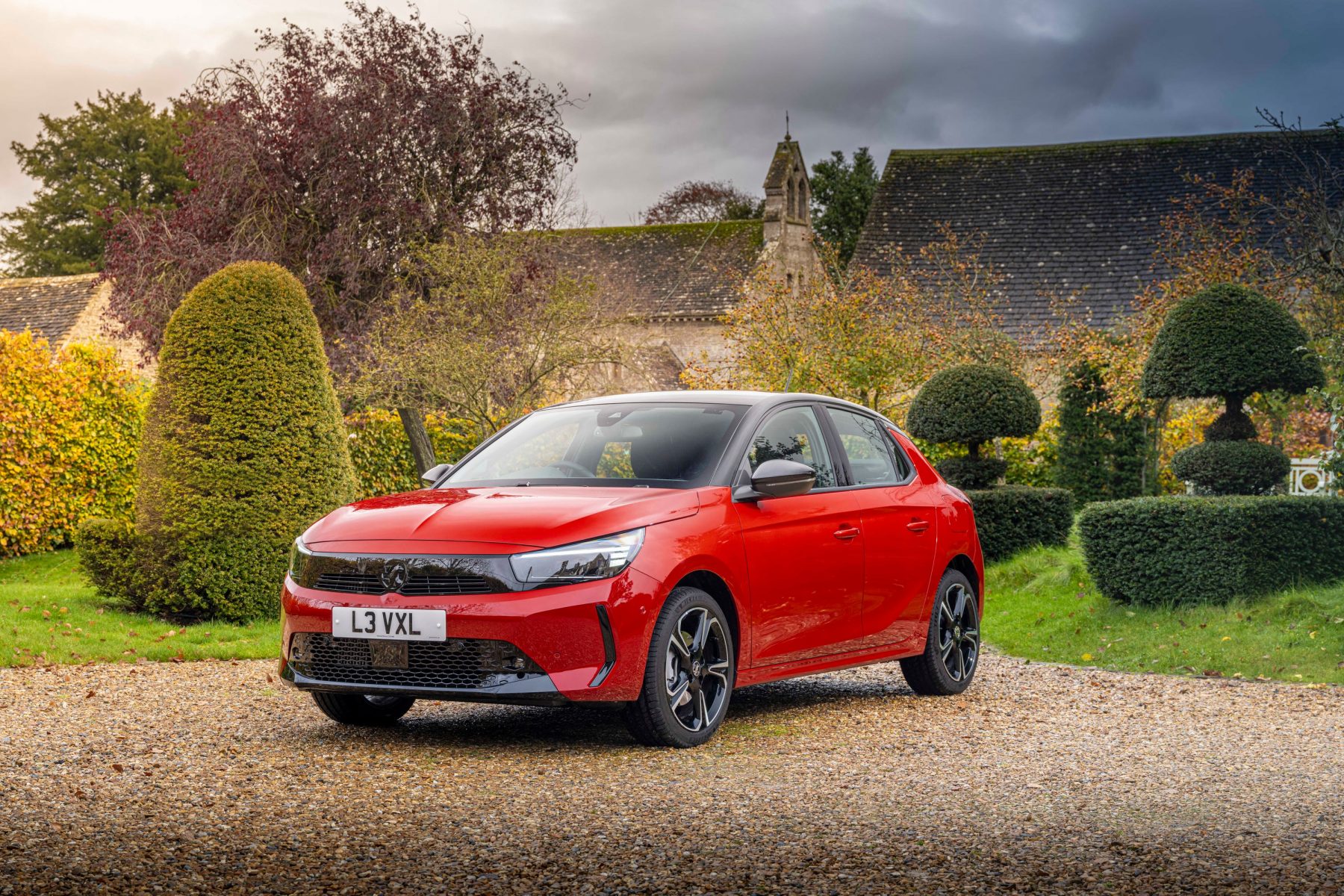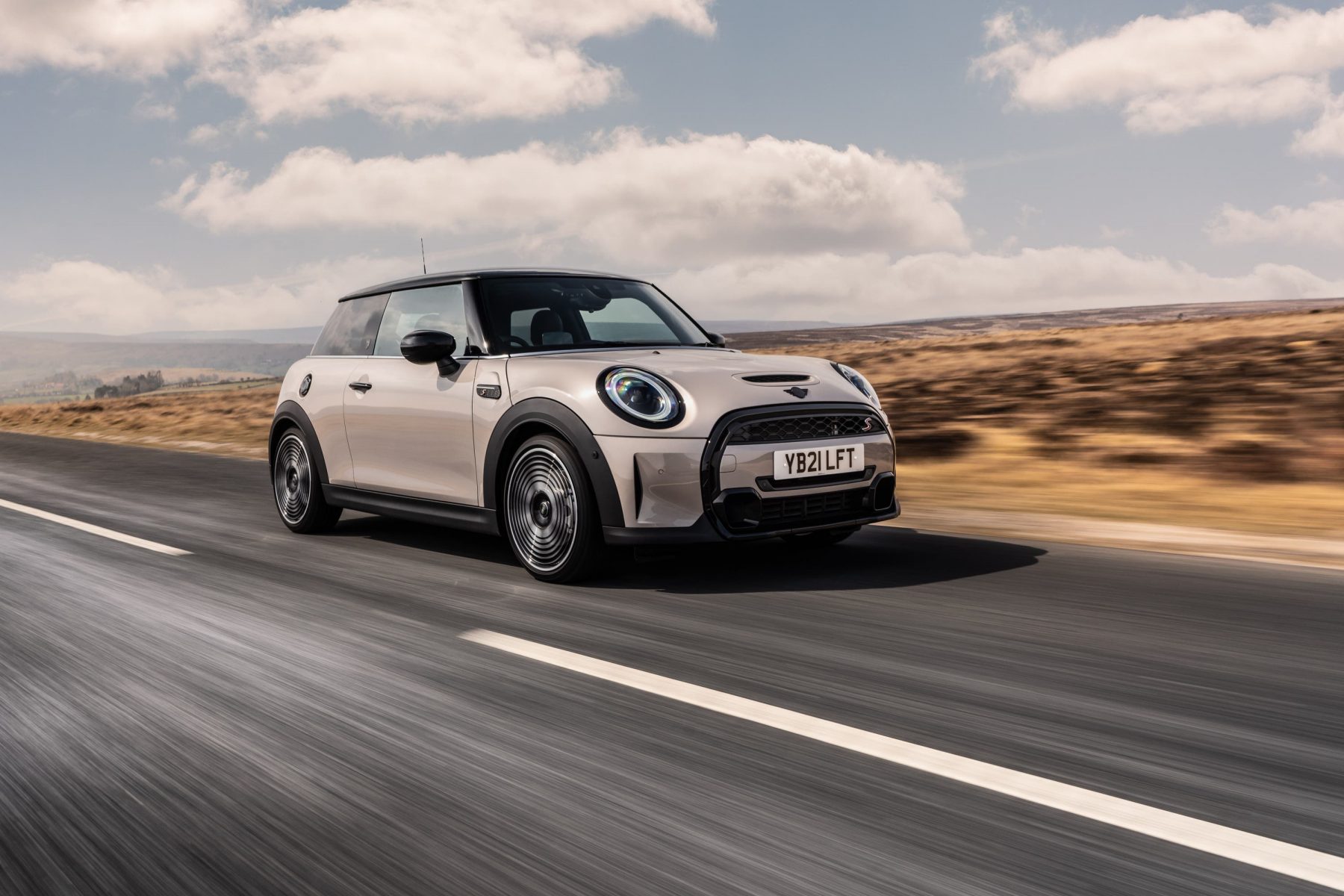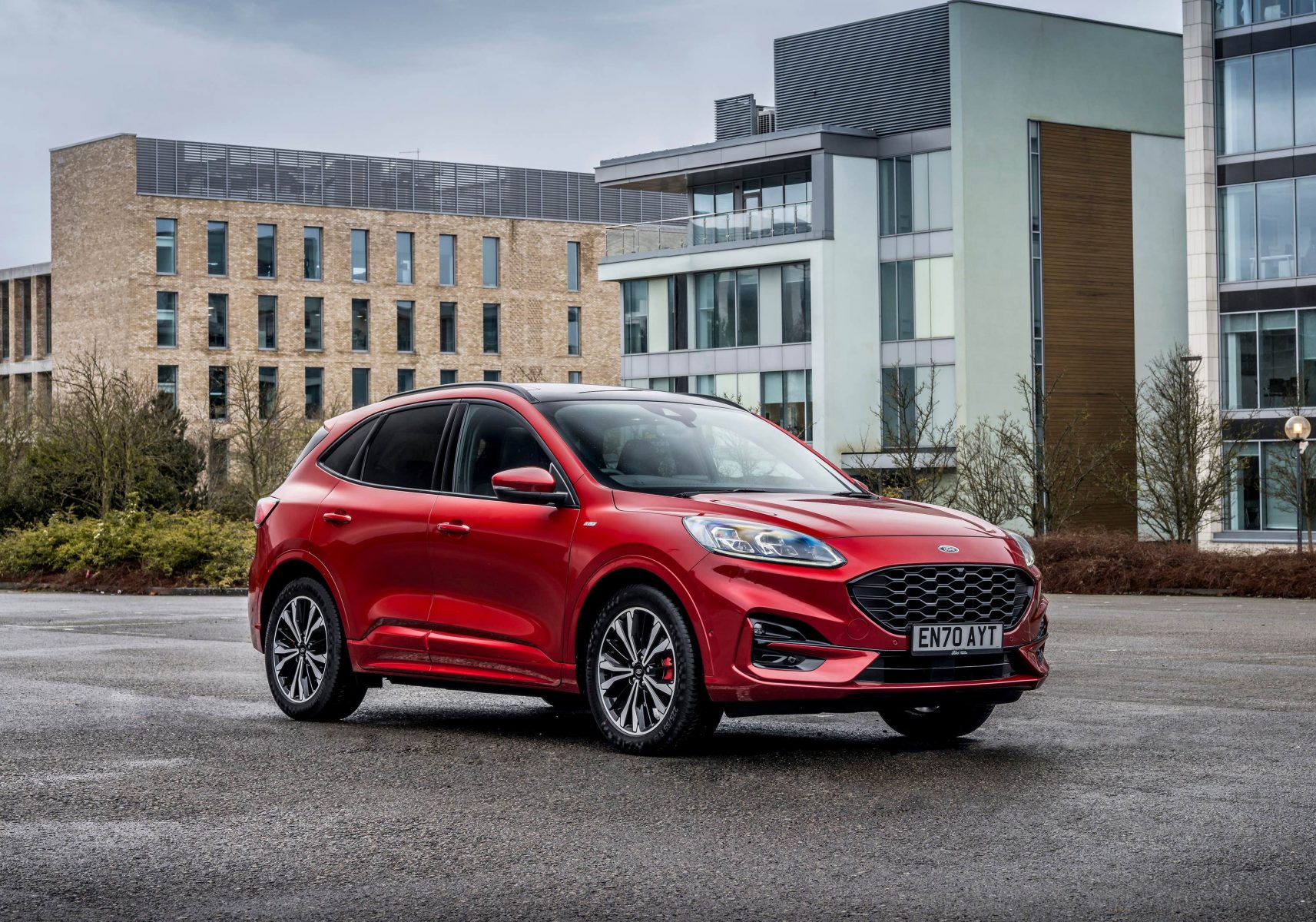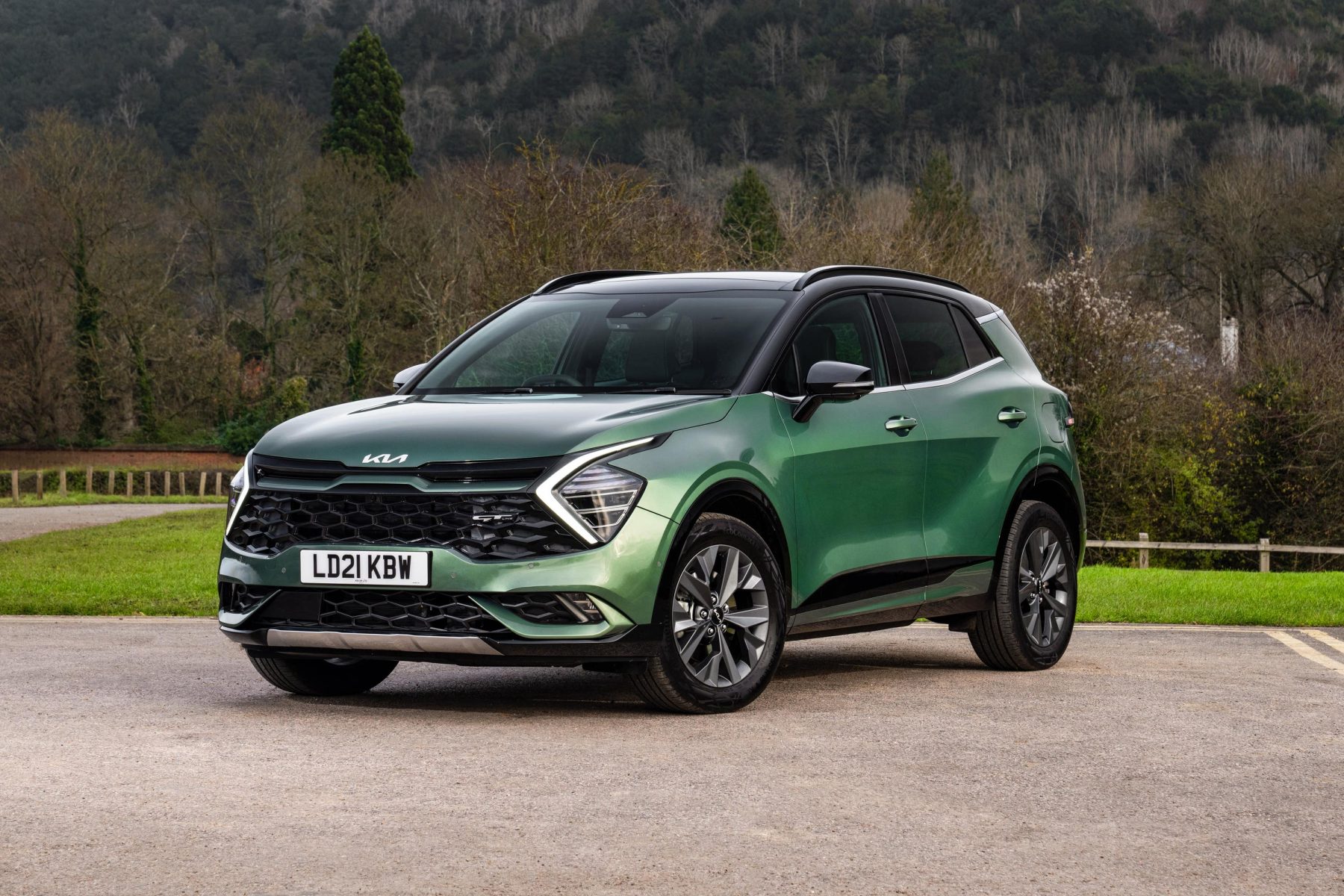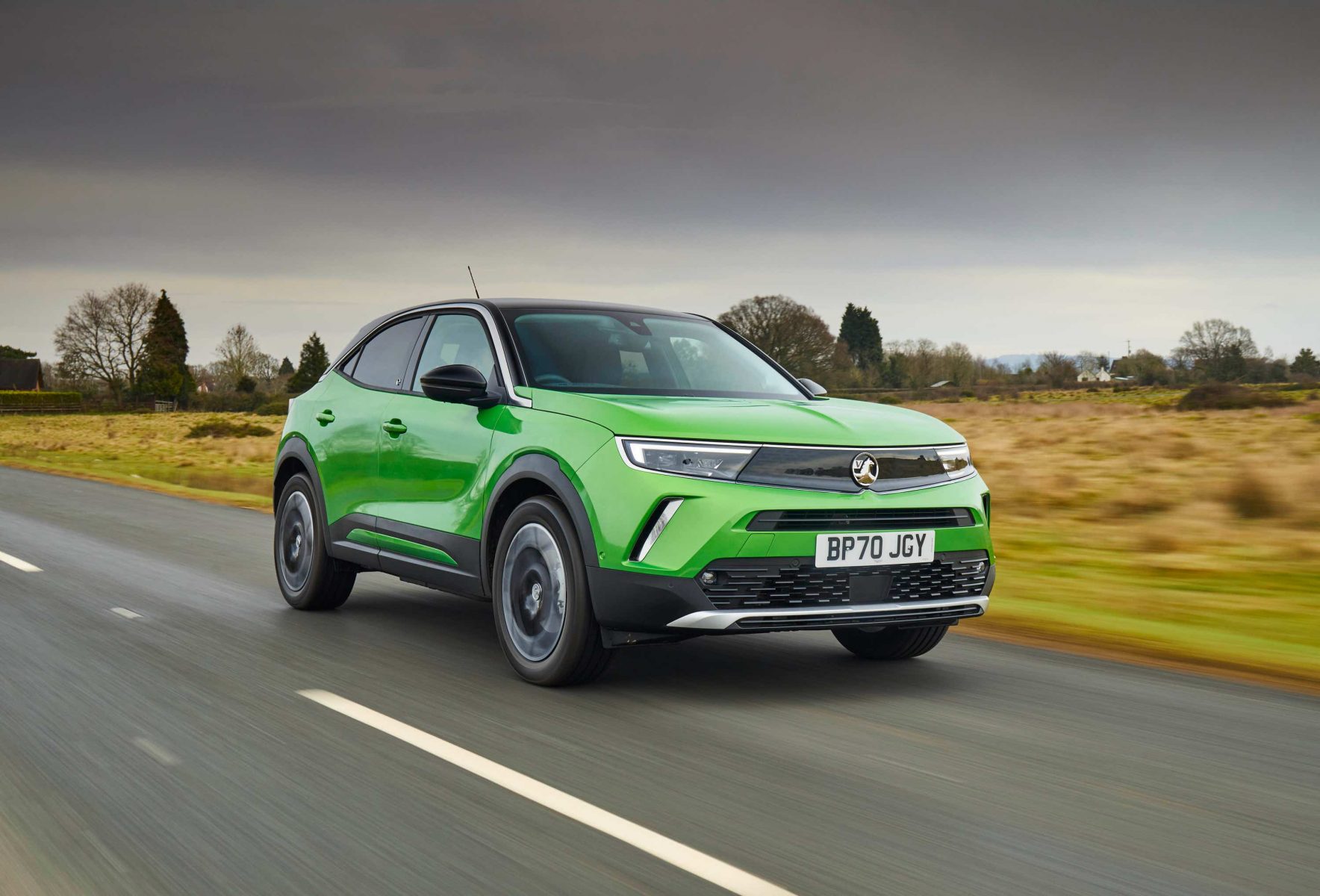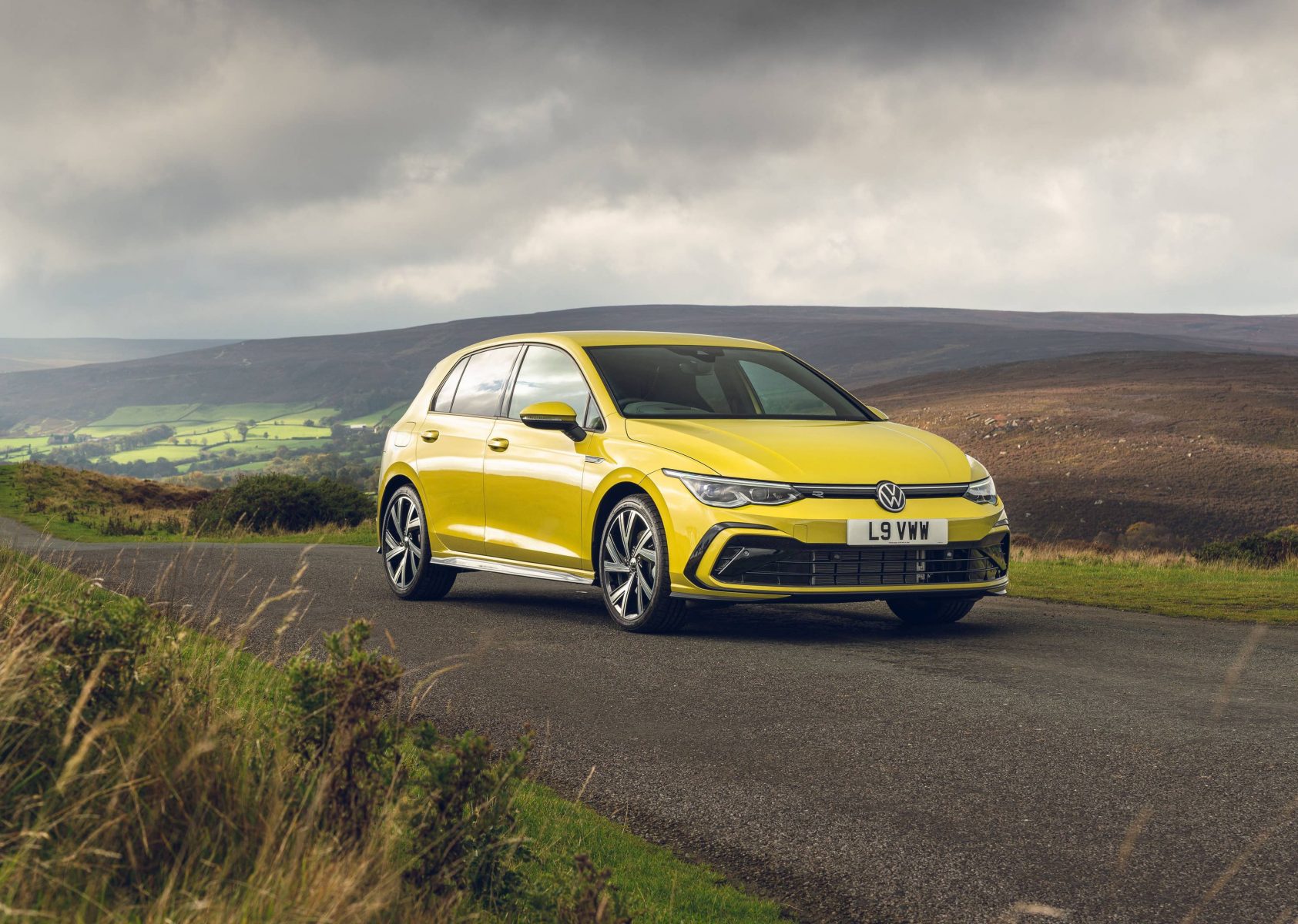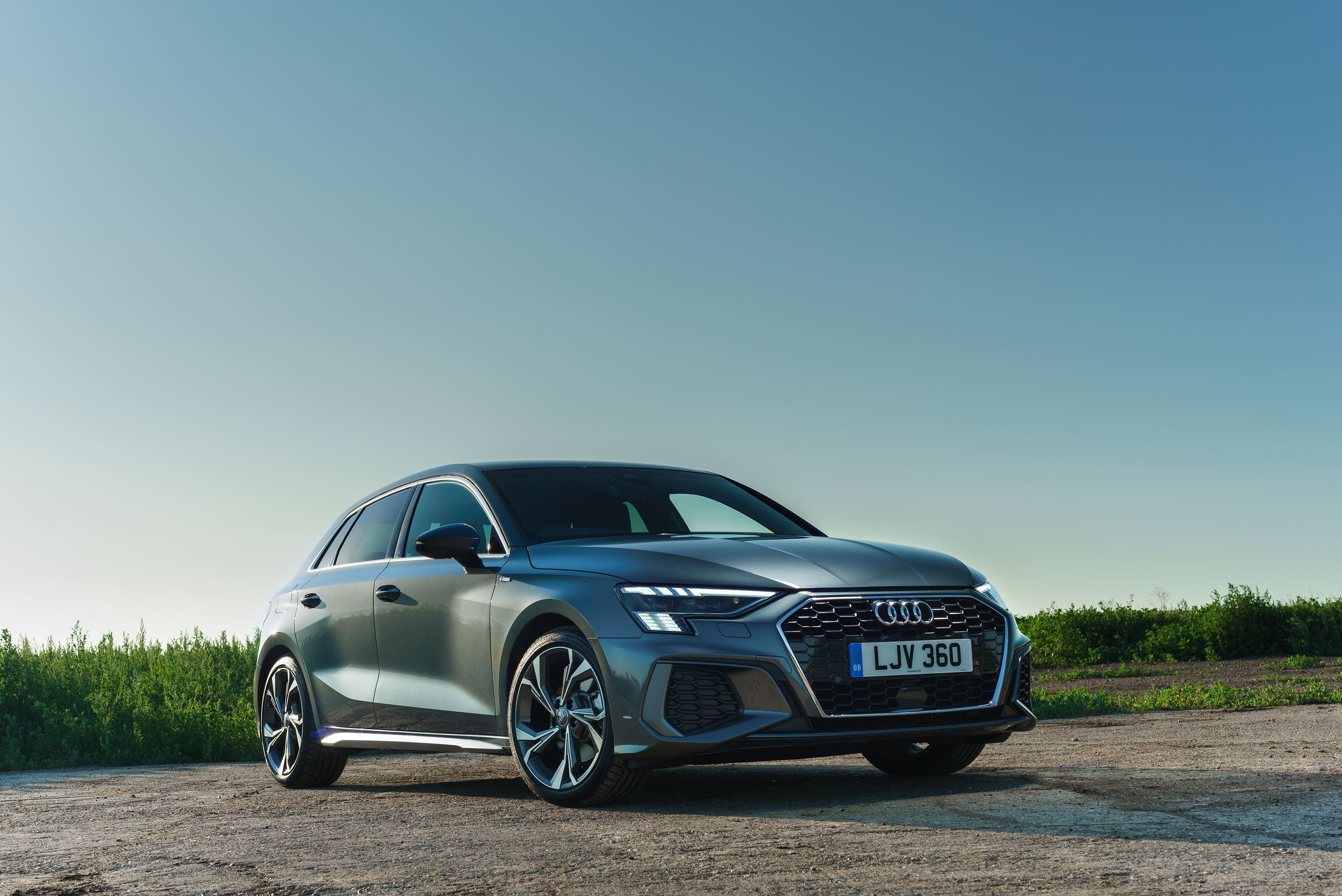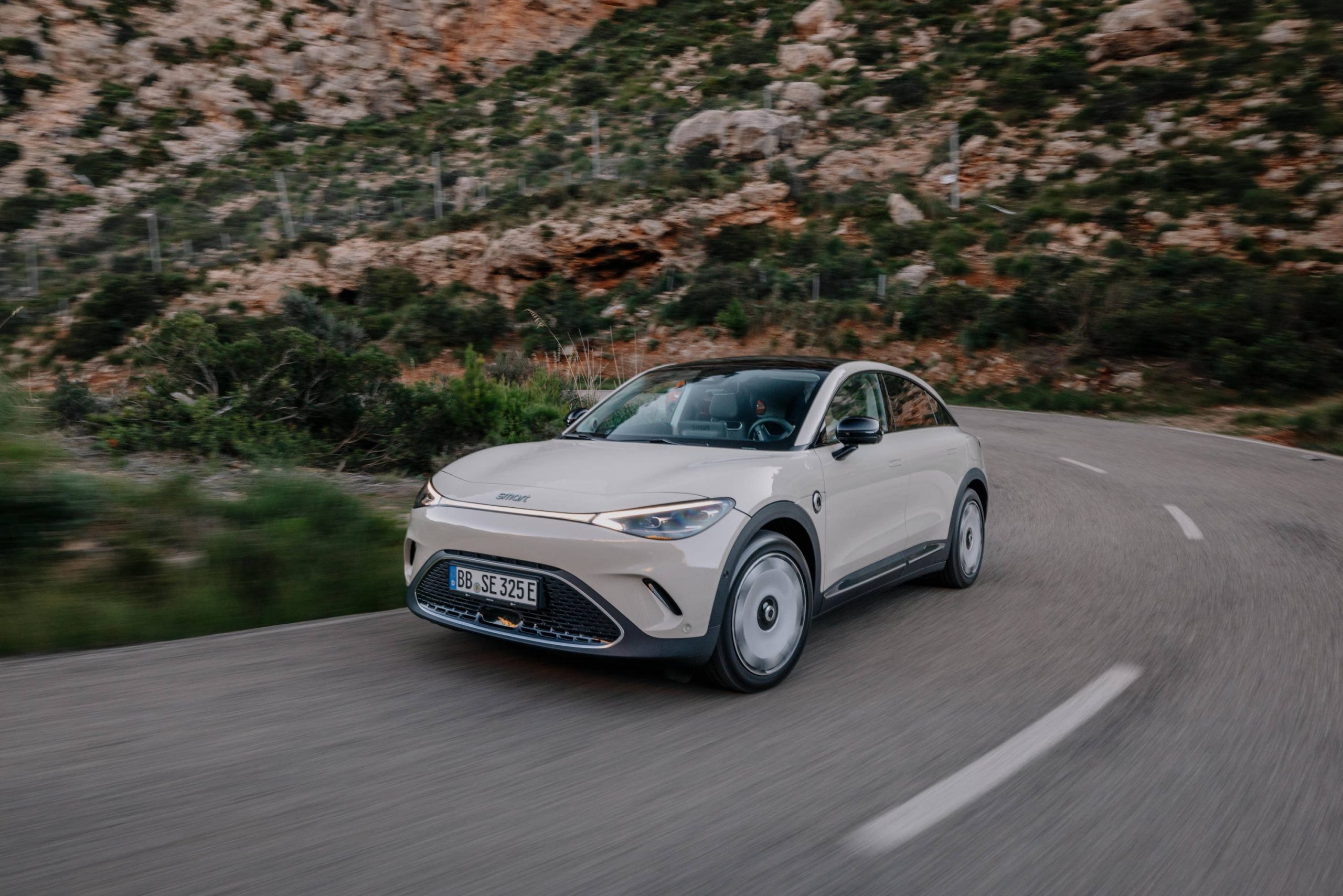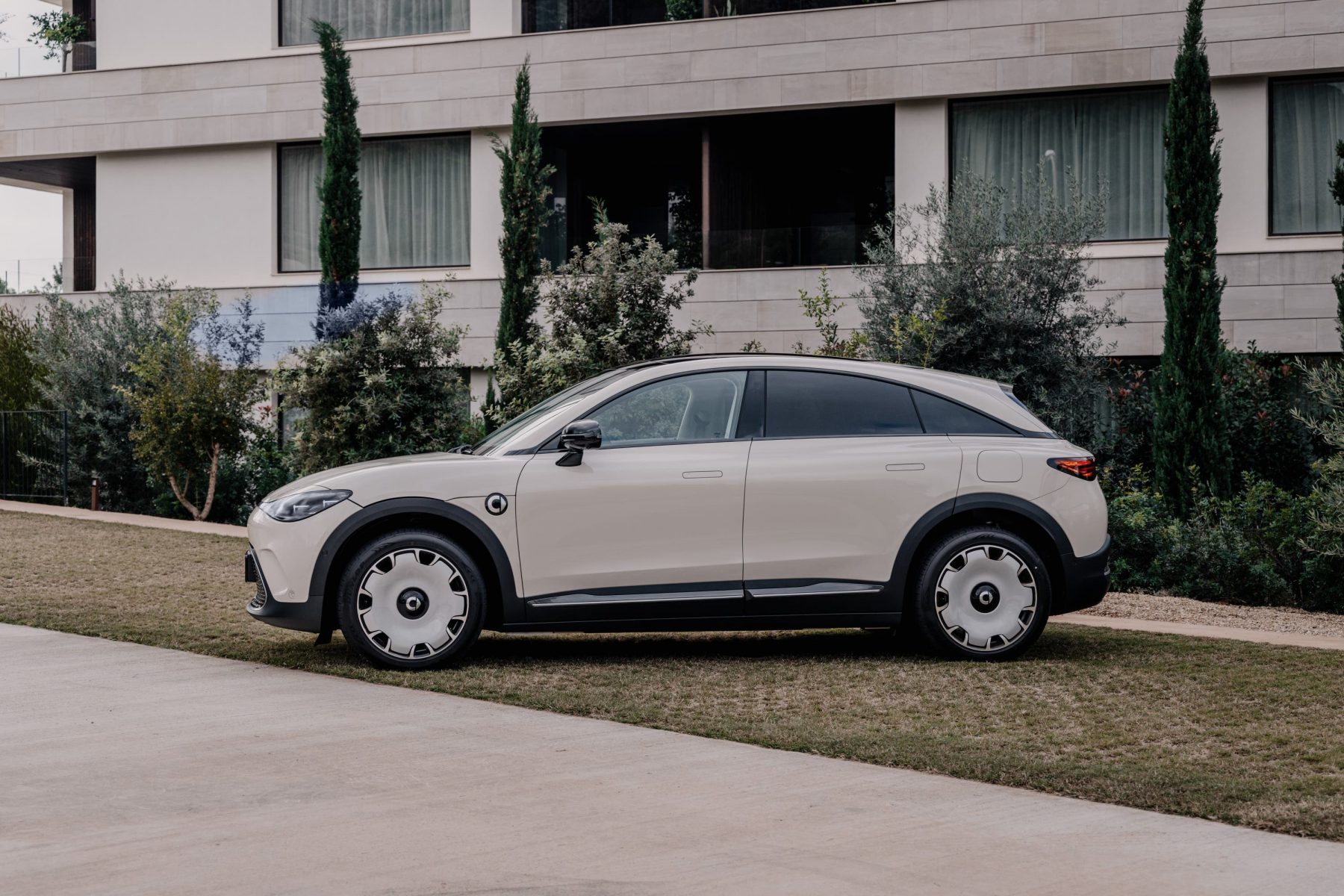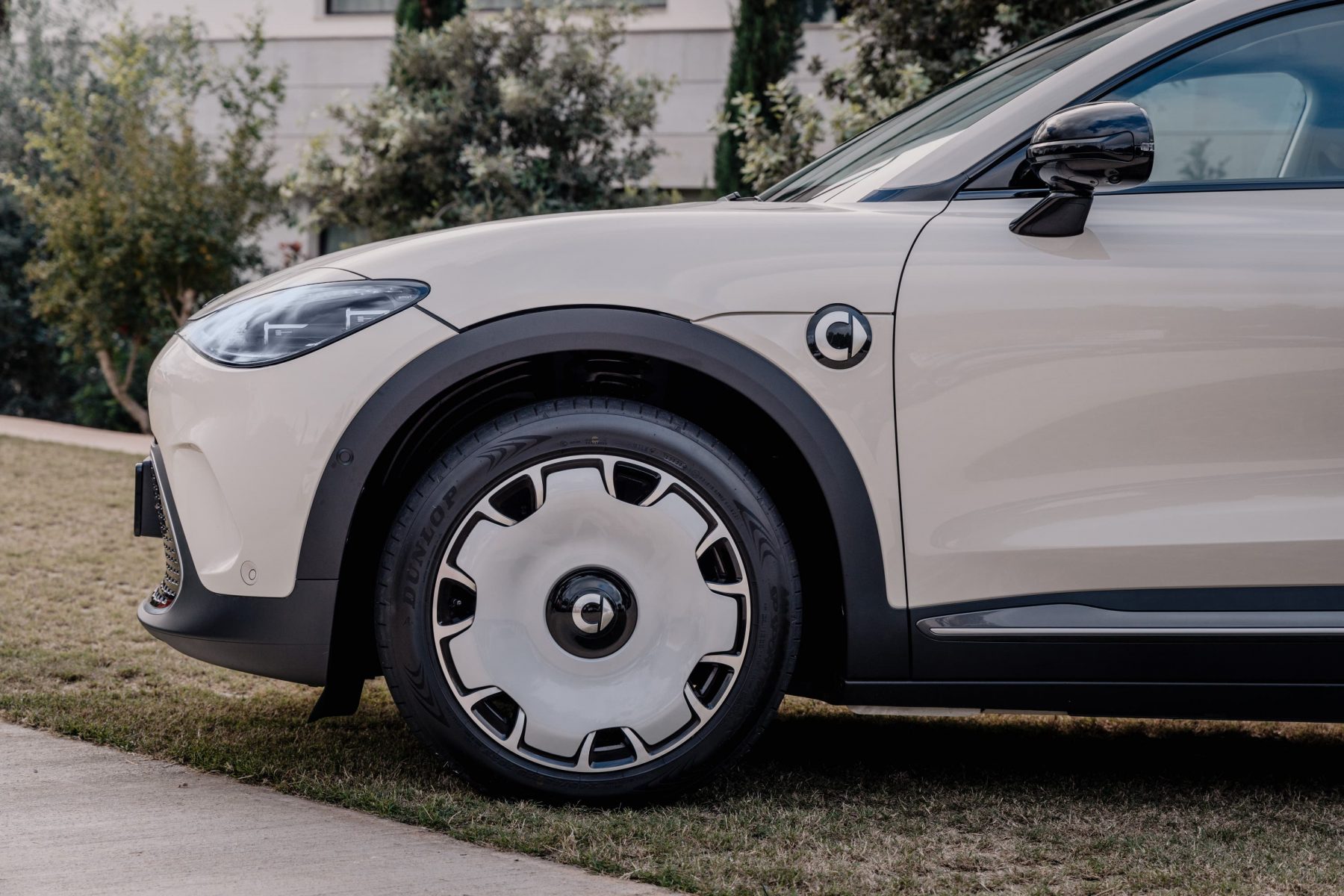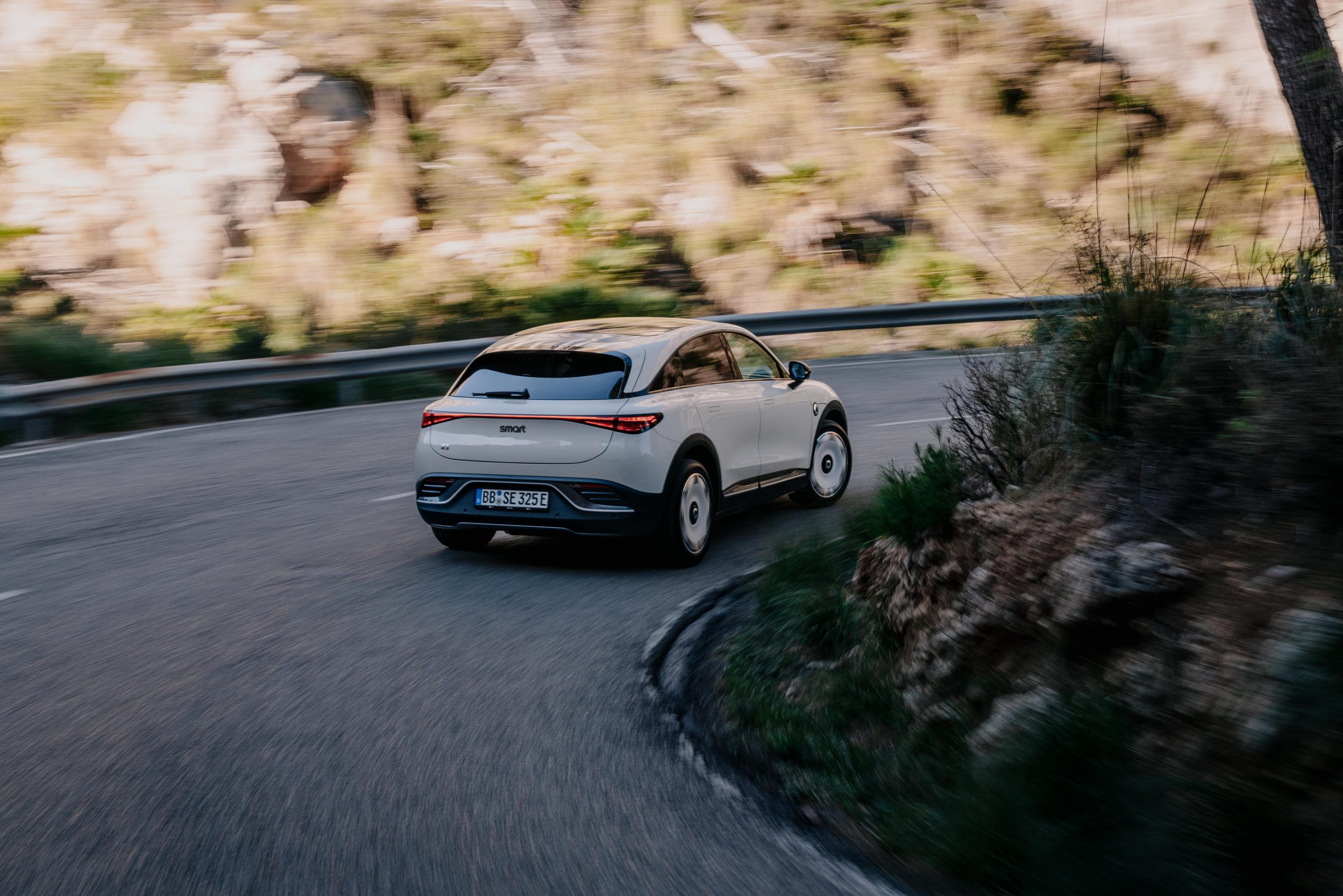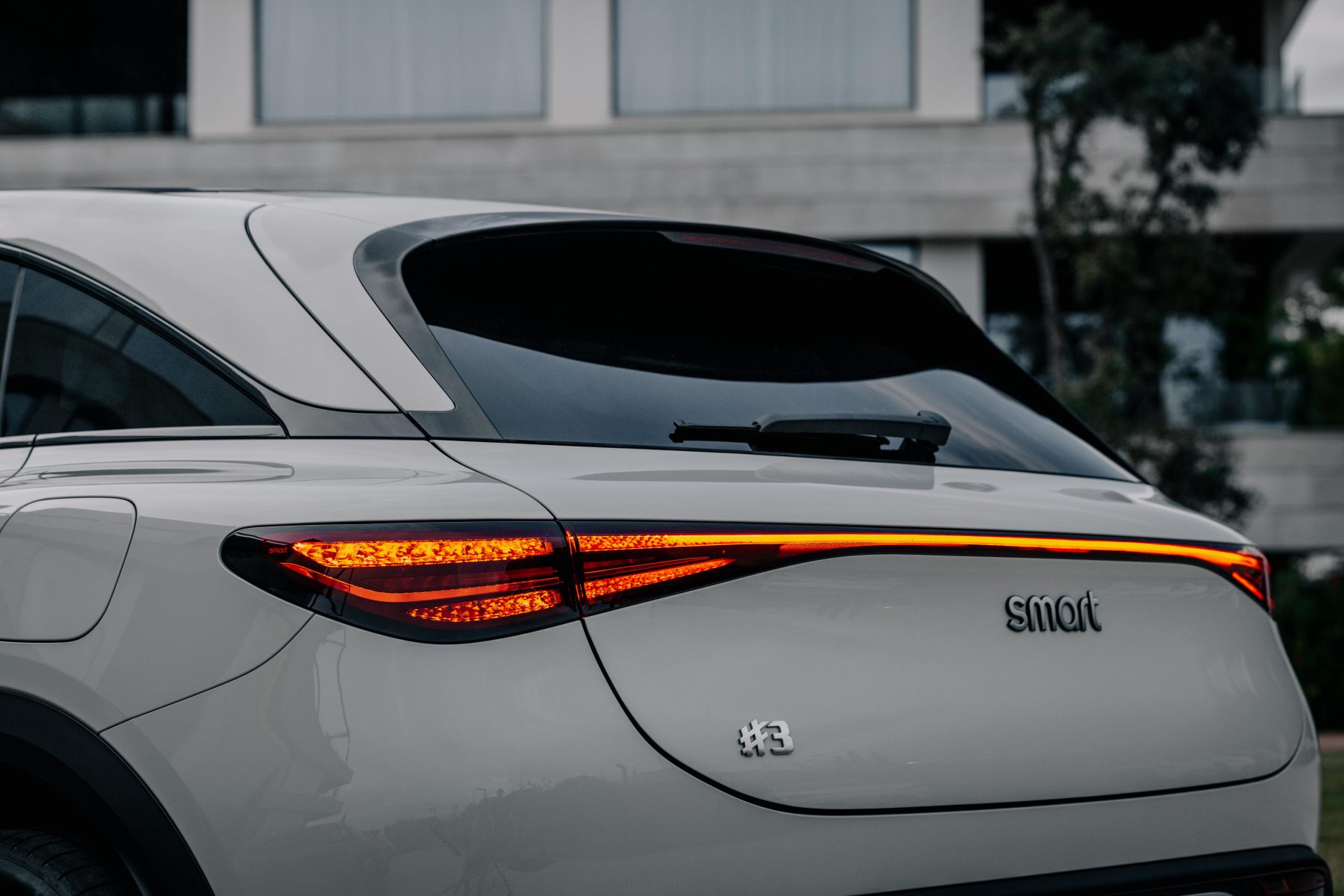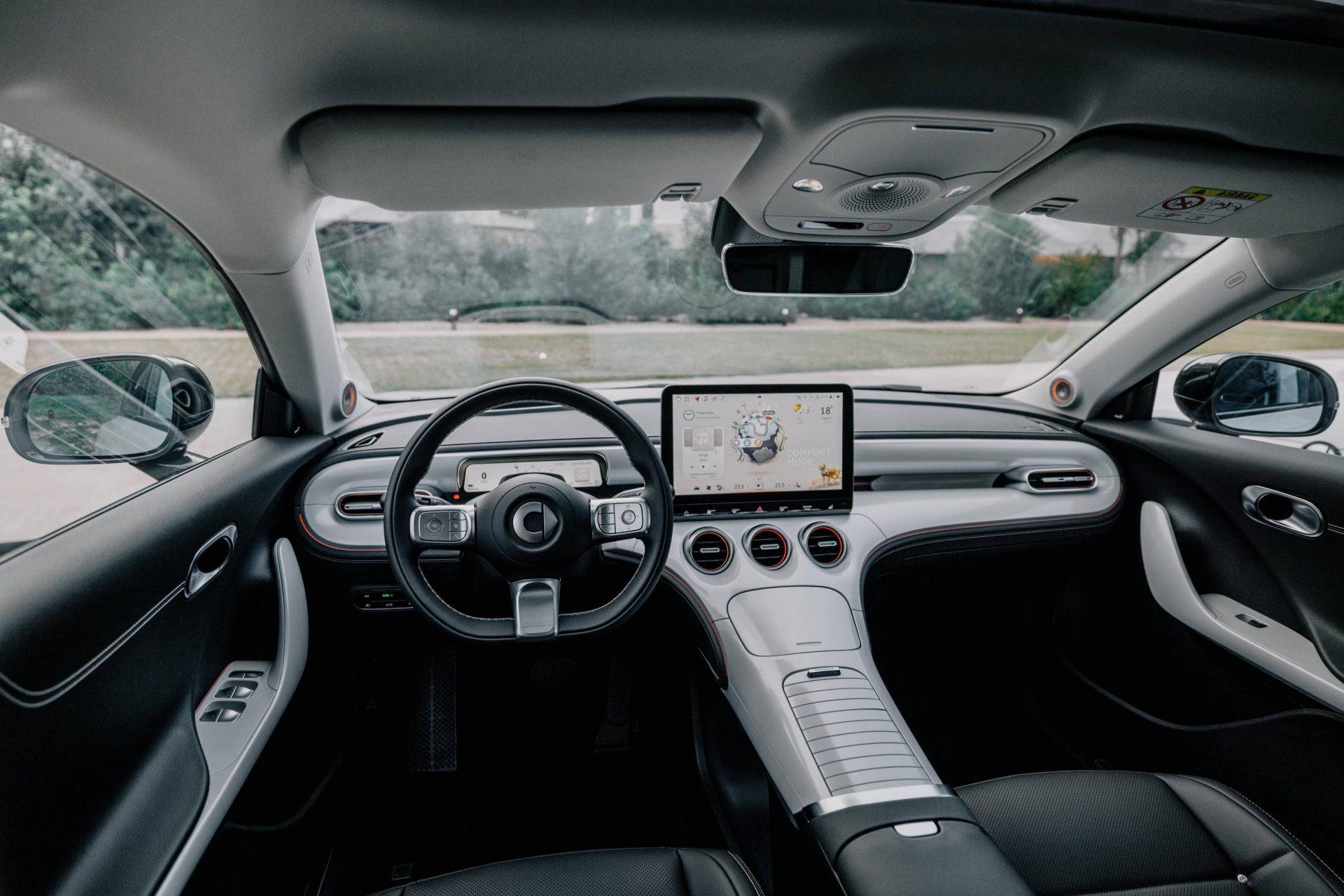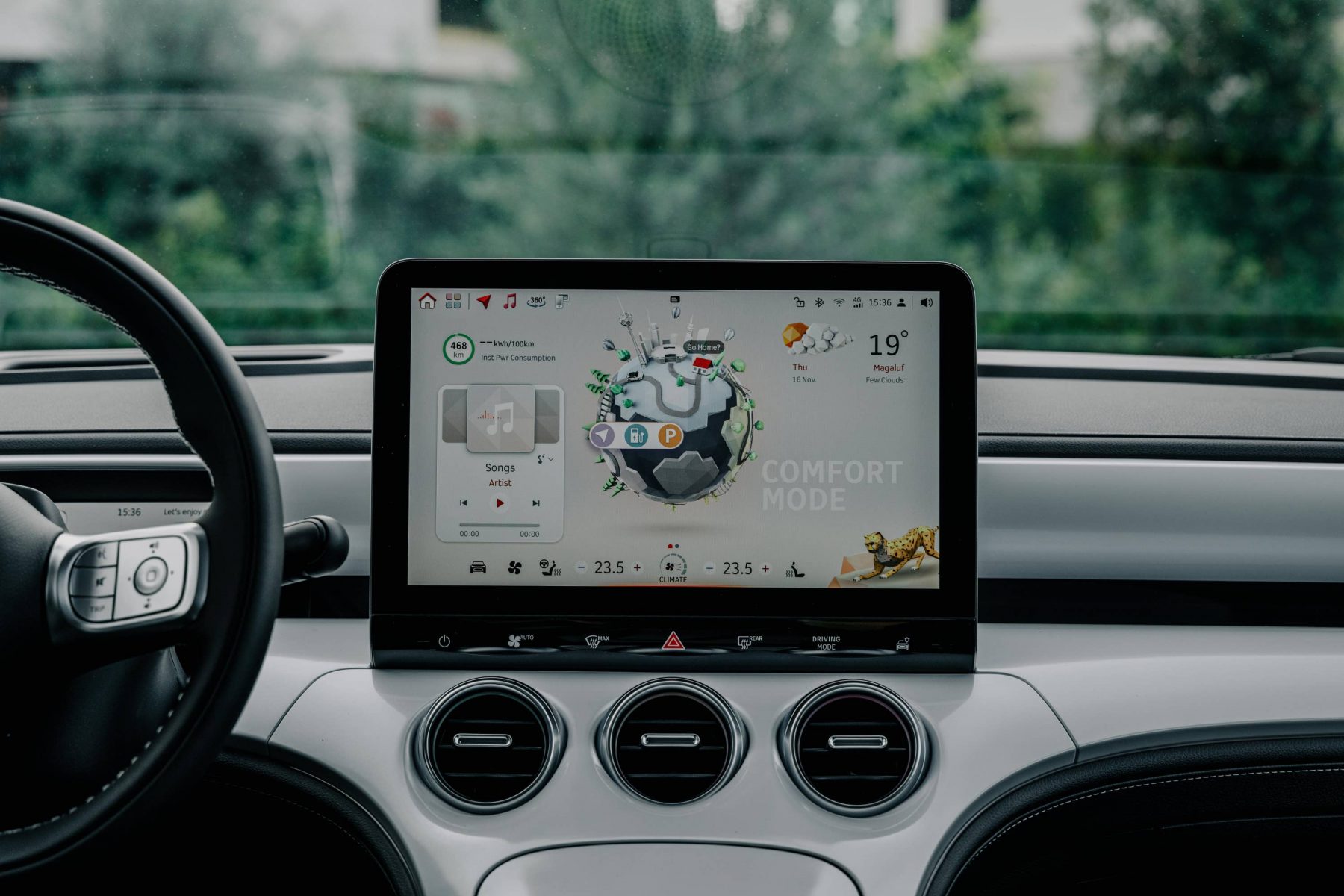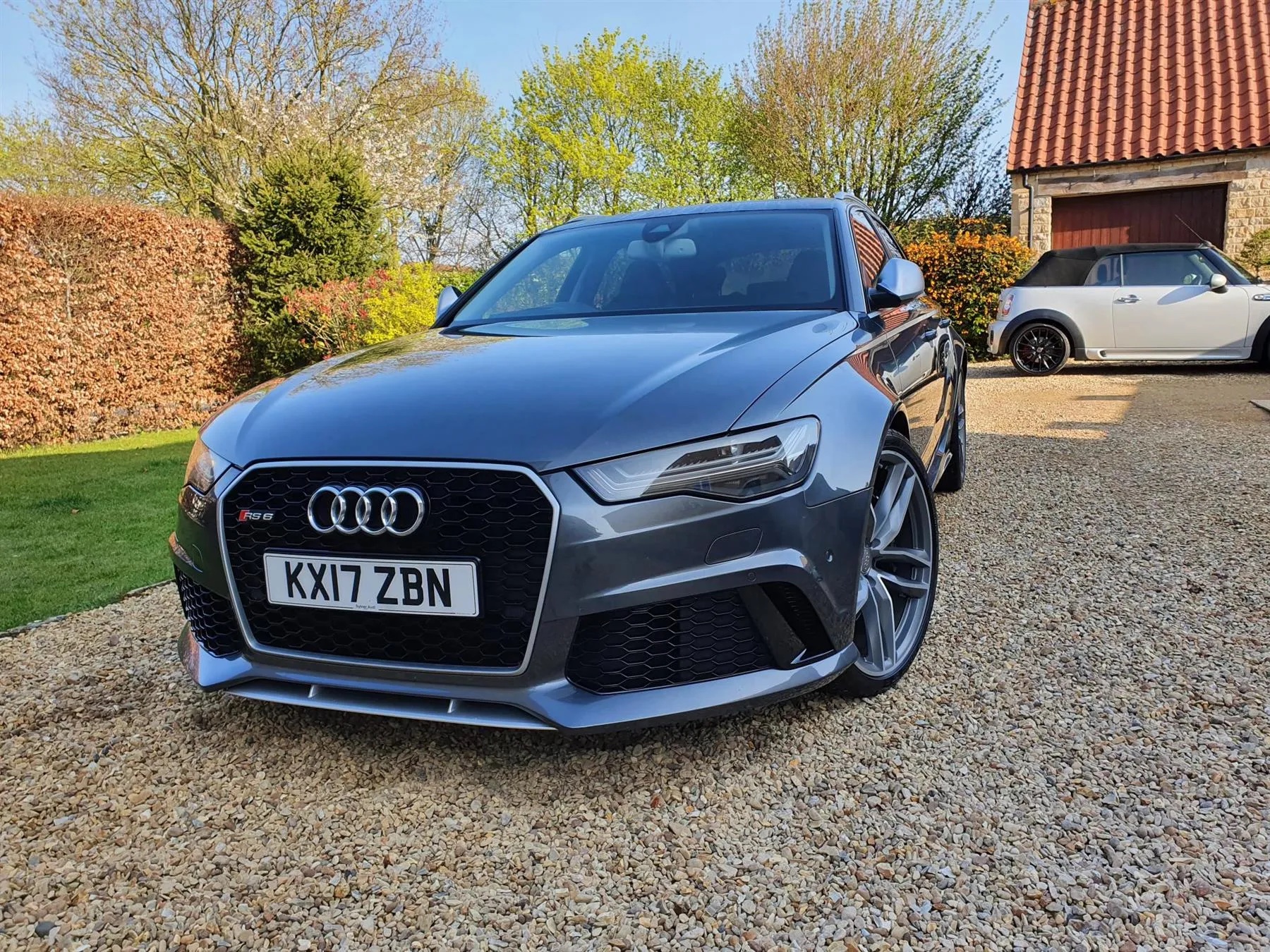A new year can mean a new start, and that’s definitely one way of thinking about your car.
Over the year, your vehicle might have been neglected inside and out, but starting 2024 off with a thorough spruce-up will get it looking and feeling fresh again, and be a good beginning for a new year.
Let’s take a look at some thorough tips for cleaning your car.
Start with the inside
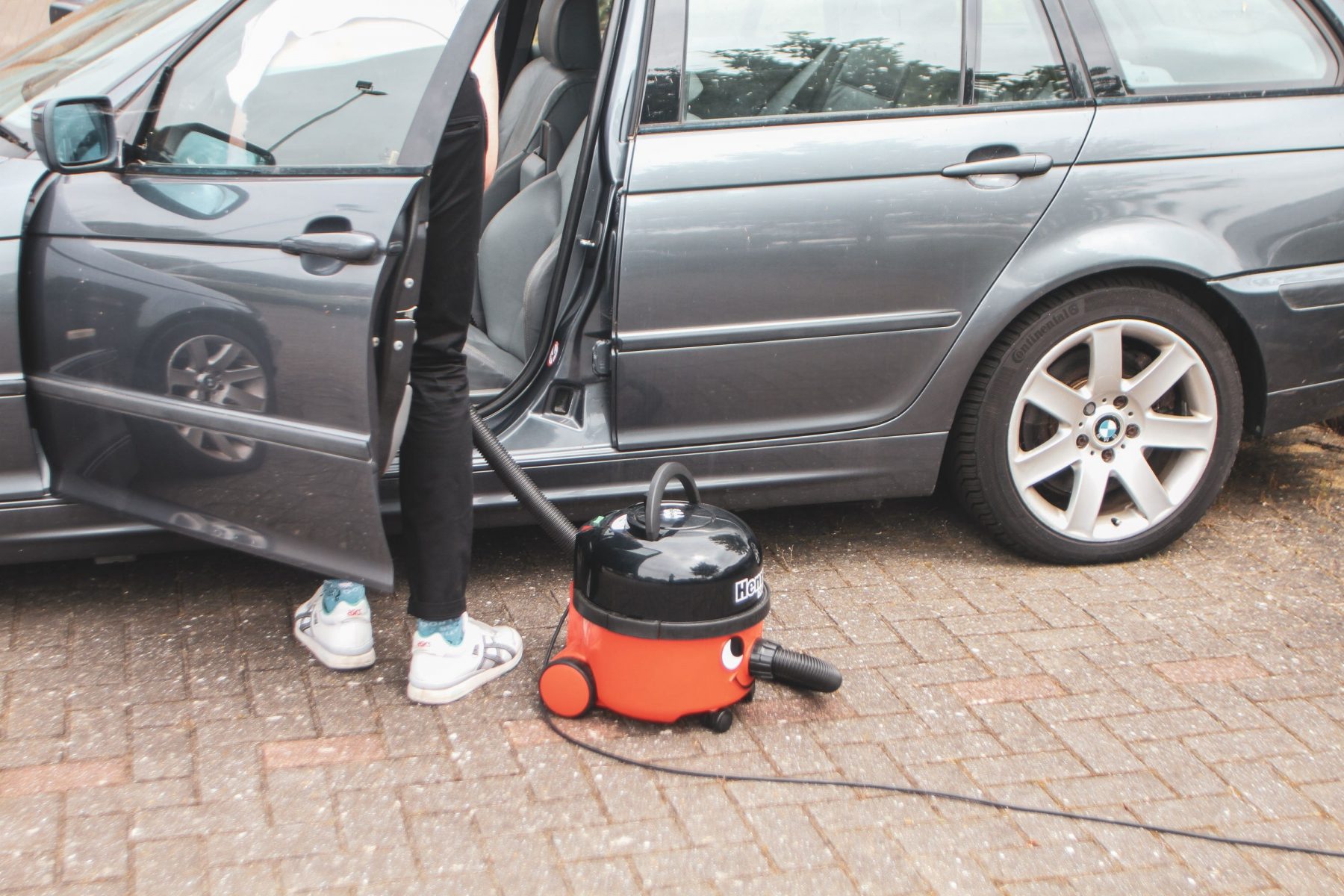
Cars are usually cleaned more regularly outside than in, which is why the cabin of your car is often the part that’s dirtiest and takes the longest to sort.
The first step is to empty the vehicle, including all the door pockets where rubbish and receipts you might no longer need can gather, as well as the boot, which can be full of sorts of items you’ve accumulated over time. Getting all this emptied will allow you the perfect base to start the next cleaning process
Thorough vacuum
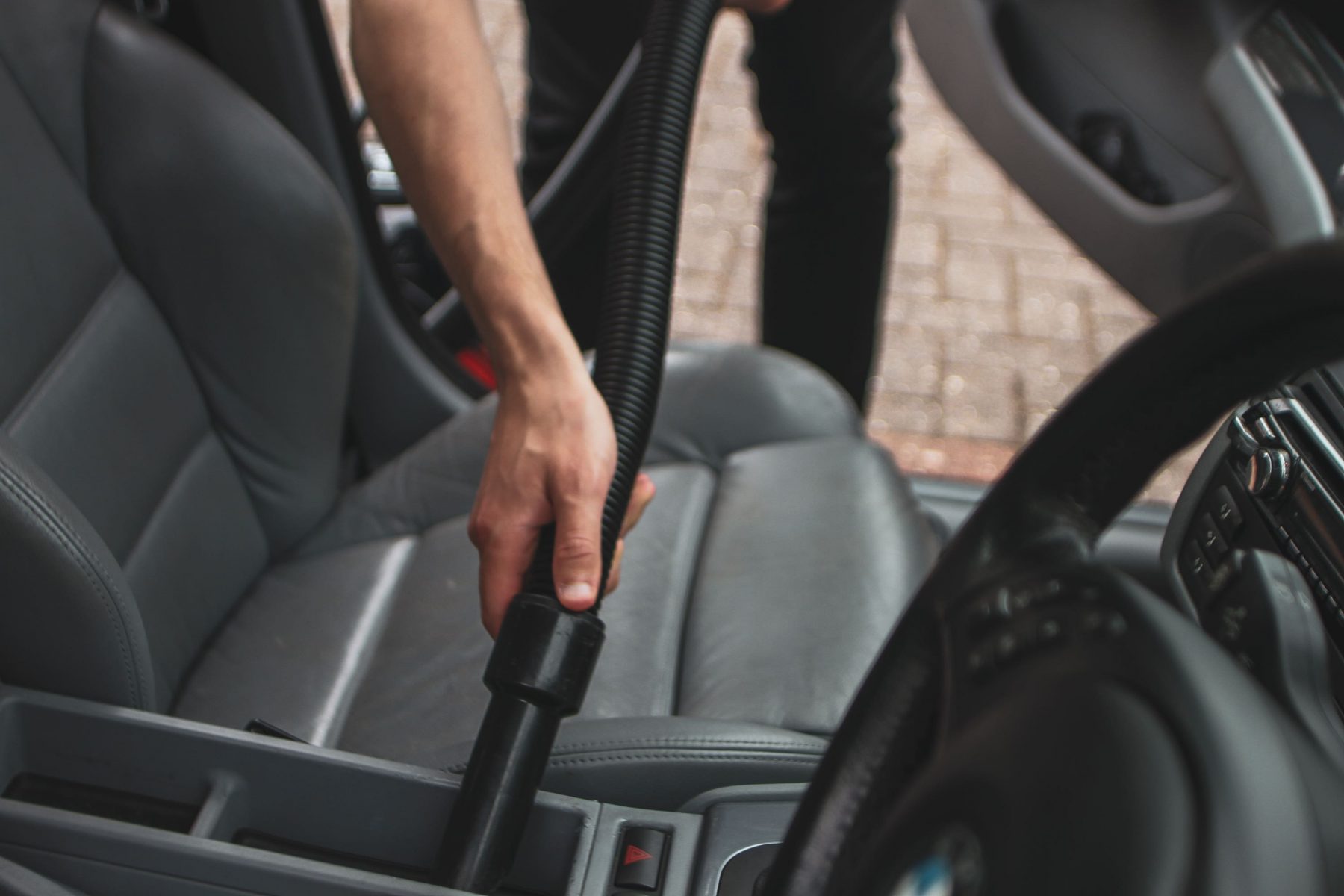
Getting the vacuum out is the next step, and take your time to do a proper job. It’s worth removing any floor and boot mats from the vehicle so you can get underneath them as this is often a place that’s overlooked.
If there’s any ingrained dirt, you don’t necessarily need any cleaning products, but rather a damp cloth to agitate the dirt. If this isn’t working, we recommend getting an all-purpose cleaner, which are widely available in motor part retailers and can be heavily diluted and used for a variety of different jobs both on the interior and exterior.
Don’t forget the touch surfaces
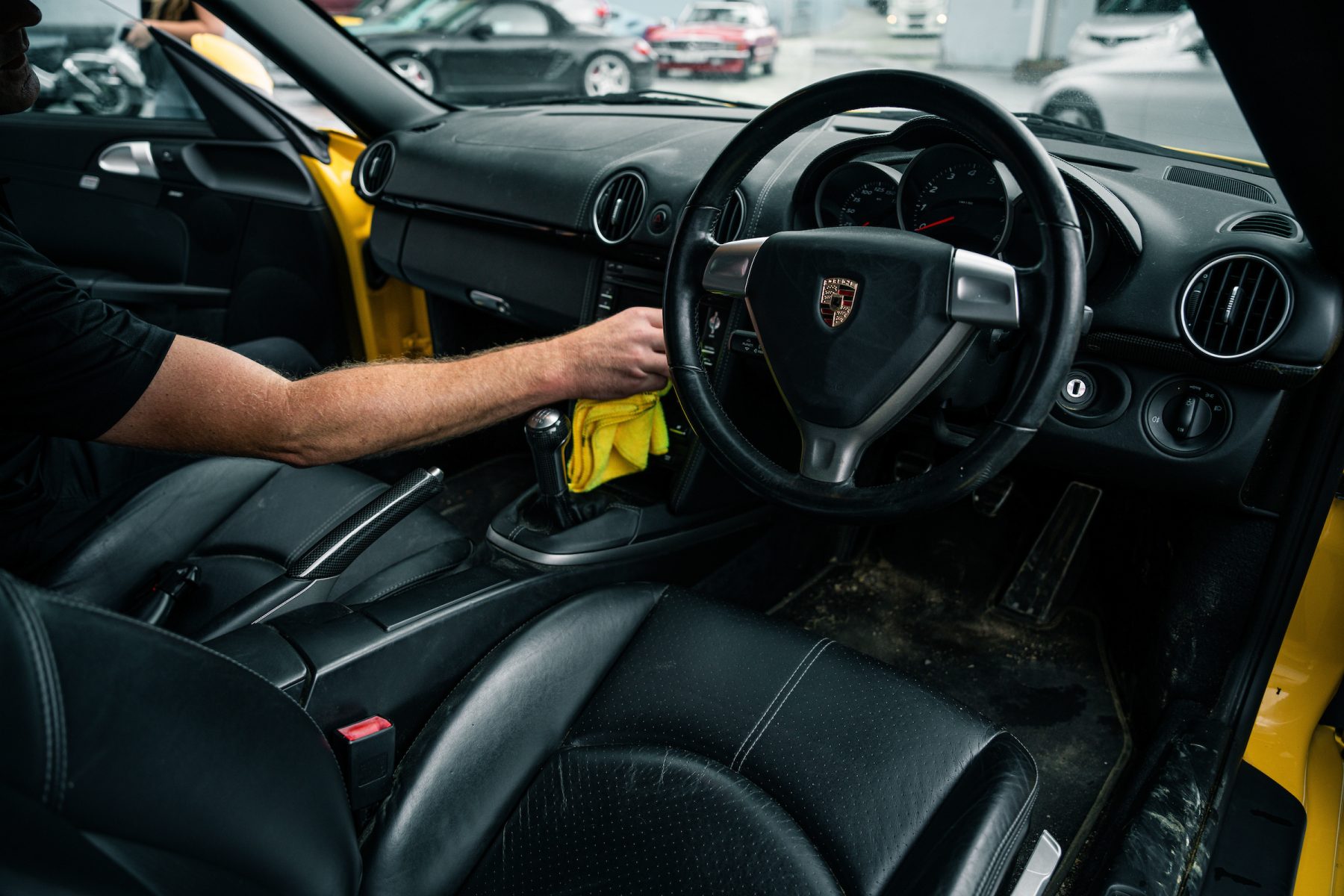
It’s worth going a step further than just a vacuum if you’re doing a ‘new year clean’. Leather is the only real part of the interior that requires a specialist product, so if your car has the material for the seats, gearstick and steering wheel, for example, it’s worth paying for a proper leather cleaner which can be used again and again.
Don’t forget to wipe over the dashboard surfaces and door cards with a clean cloth, either, and it’s worth cleaning the most commonly used buttons and any touchscreens, which can be a magnet for fingerprints. If your vehicle has any gloss black surfaces, be careful not to put too much pressure on it when cleaning as these can easily scratch.
Move to the exterior – pre-wash![]()
Now that the interior is looking much better, it’s time to move to the outside. Over the winter months, your car will likely have gathered all sorts of grime and winter salt, which is why we strongly recommend a good pre-wash.
You could use the all-purpose cleaner we’ve mentioned already, or what’s known as a ‘snowfoam’ cleaner through a pressure washer. Spray this product on, and leave it for five minutes or so, and it will help to break down the dirt, ready for it rinsed off. A pressure washer is best if you have one as the aim is to get as much grime off the car as possible before you begin the contact wash.
The wash stage
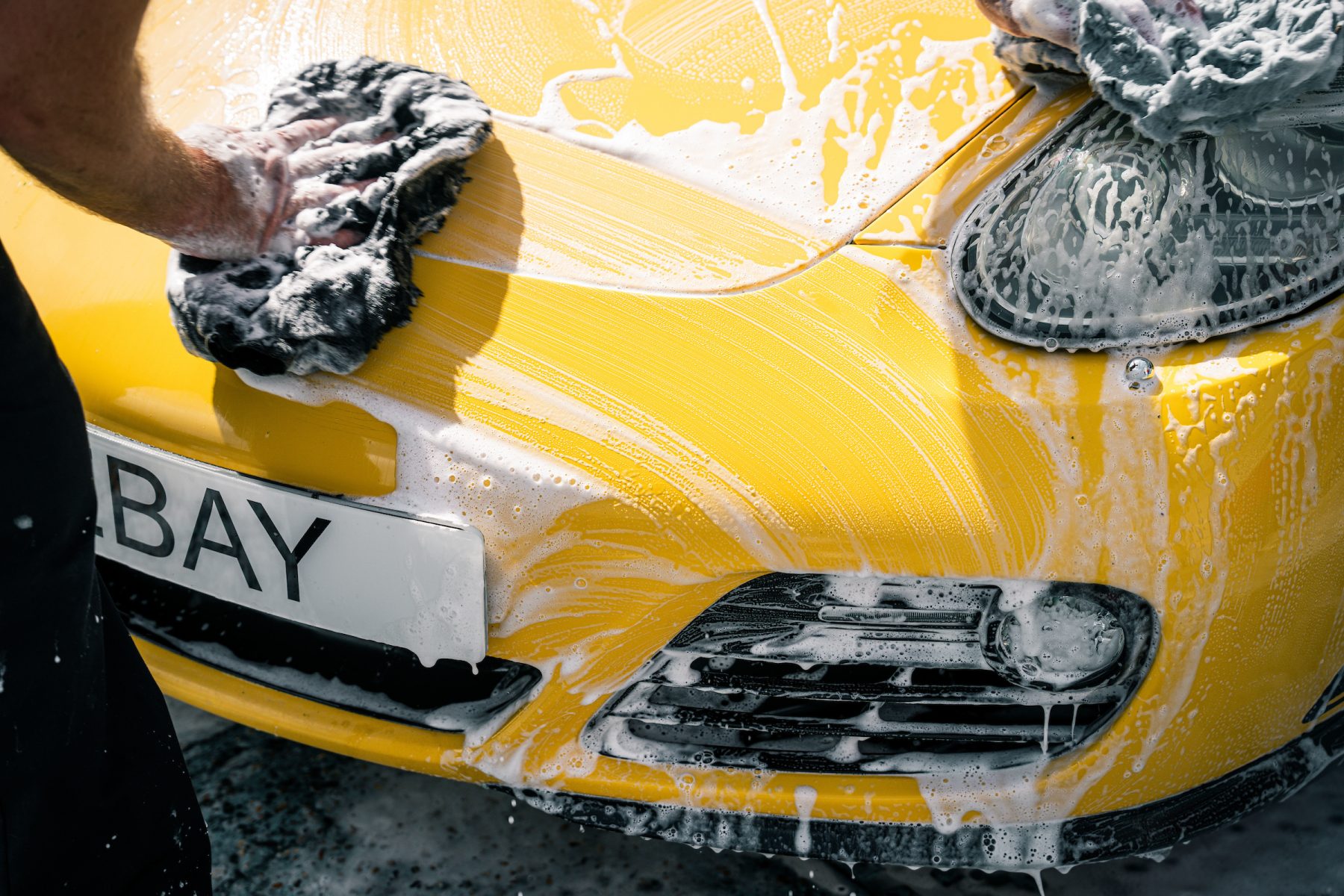
For the wash stage, we strongly recommend using a dedicated car shampoo as washing-up liquid can degrade your paint. Use a proper cleaning mitt and not a sponge, as well, and preferably use two buckets – one filled with the shampoo mixture and another with clean water that you use to rinse the wash mitt.
While washing, remember to work from the top down as generally the lowest areas of the car are the ones that will have the most dirt, which you won’t want to spread around. Remember to rinse the wash mitt regularly and work in straight, not circular, motions as this could cause swirls that dullen your vehicle’s finish over time.
Drying and finishing touches
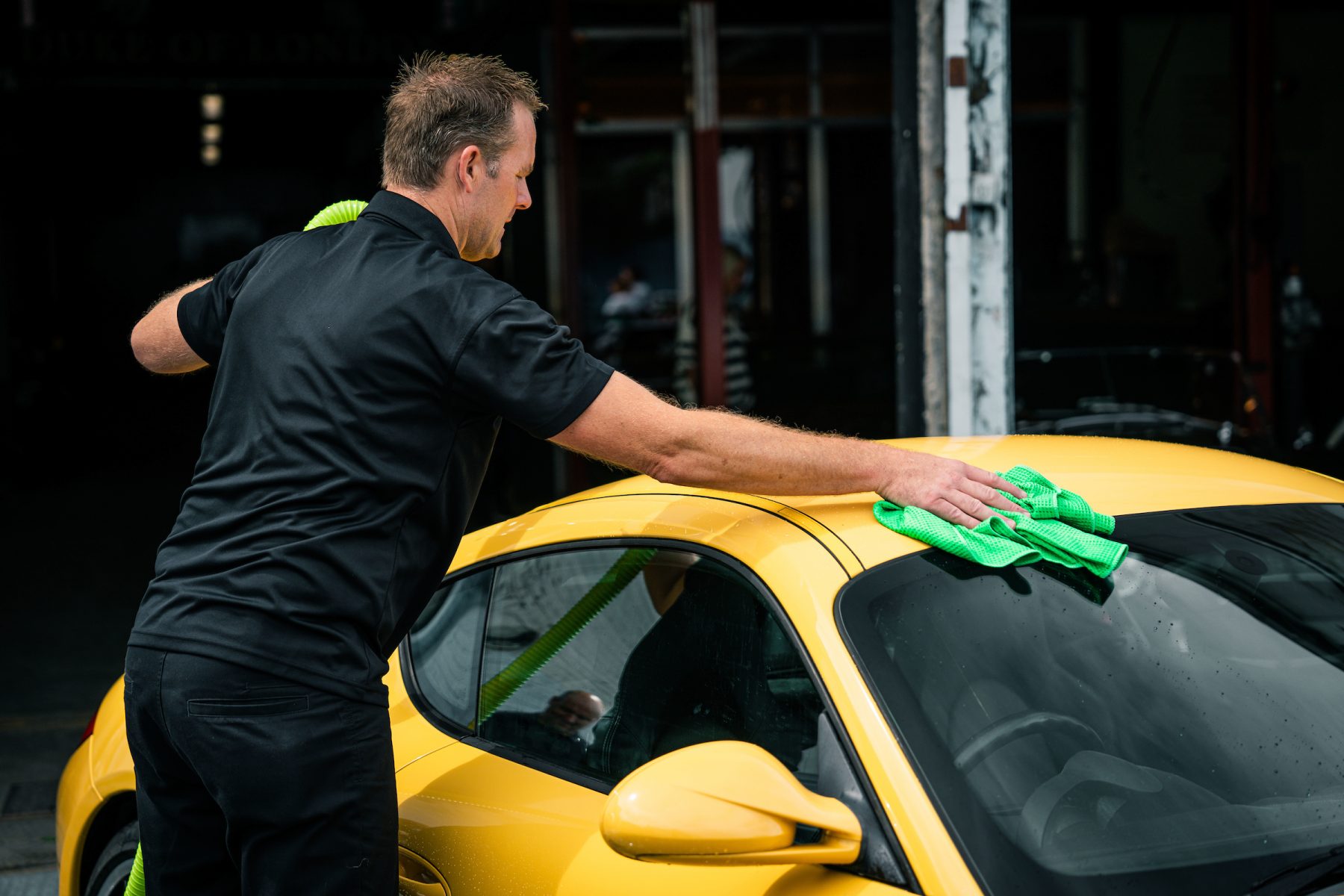
Once the car has been thoroughly washed, give it one final rinse down. While it’s tempting to leave it at that, you don’t want any water spots to be left on the vehicle, which is why we recommend using a proper microfibre towel to pat it dry. Don’t forget to clean the door and boot shuts either, as these can attract water which you don’t want to leave sitting there over time as it can cause rust over time.
If you want to go a step further, it could be worth applying some protection to the vehicle, such as a wax or sealant, which will help to preserve the finish and also make it clean next time. That final point is important, as it’s an easy way to keep on top of cleaning a car because it makes it less time-consuming when you next go to spruce up your car.

